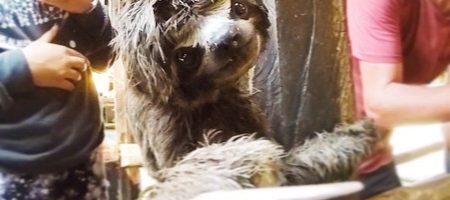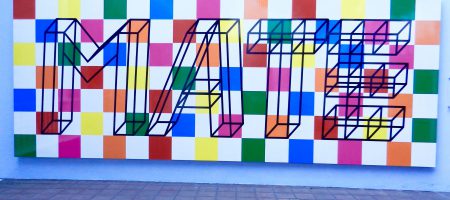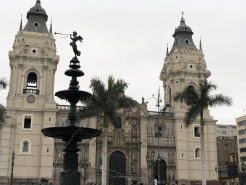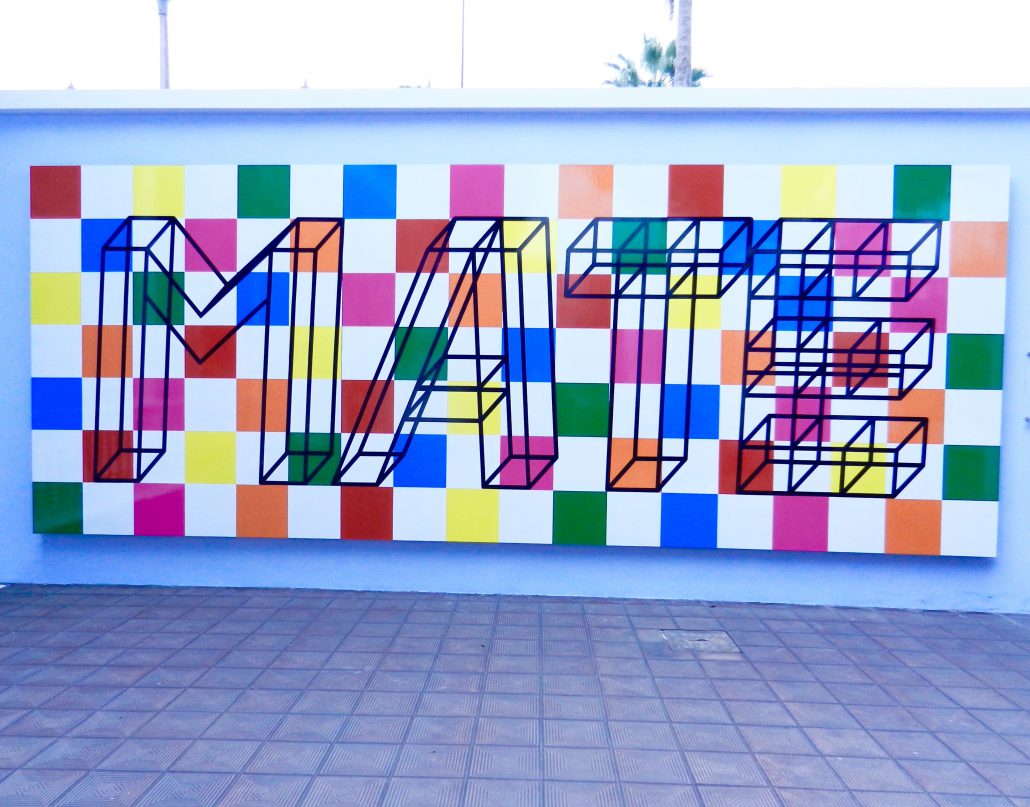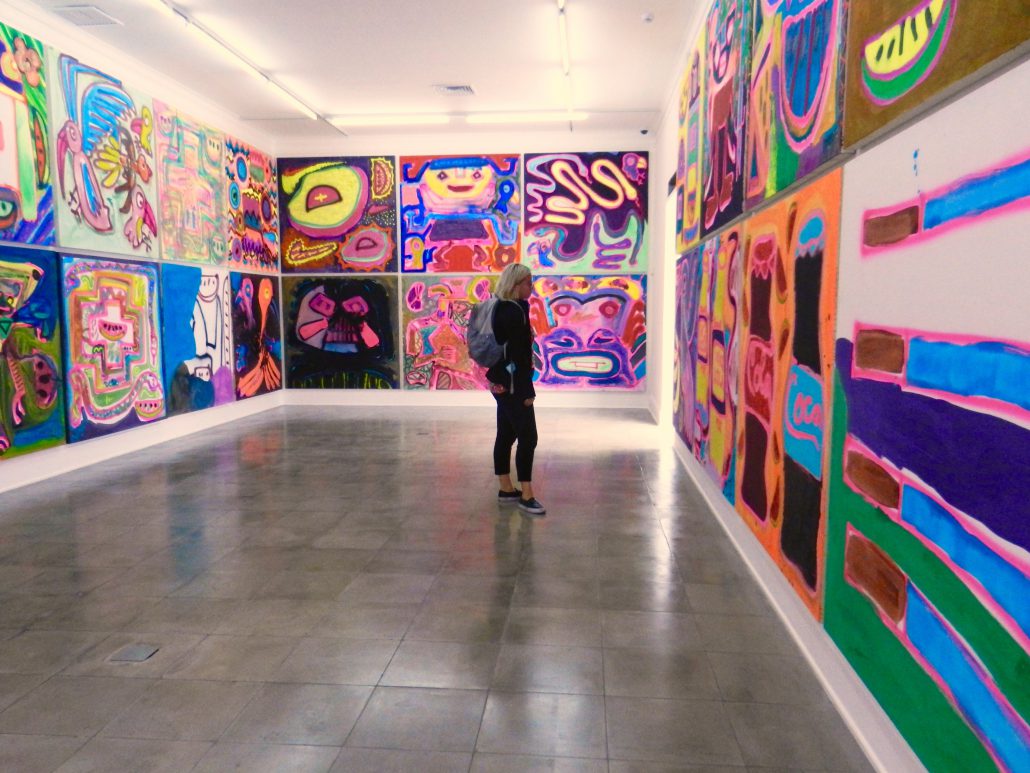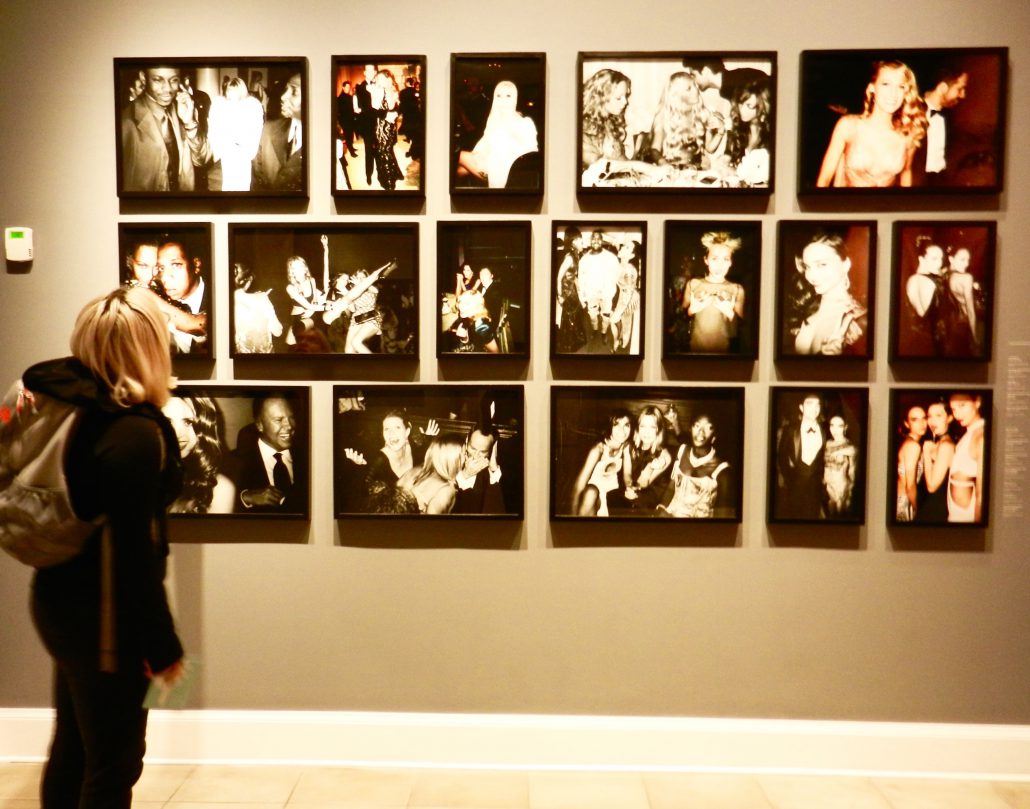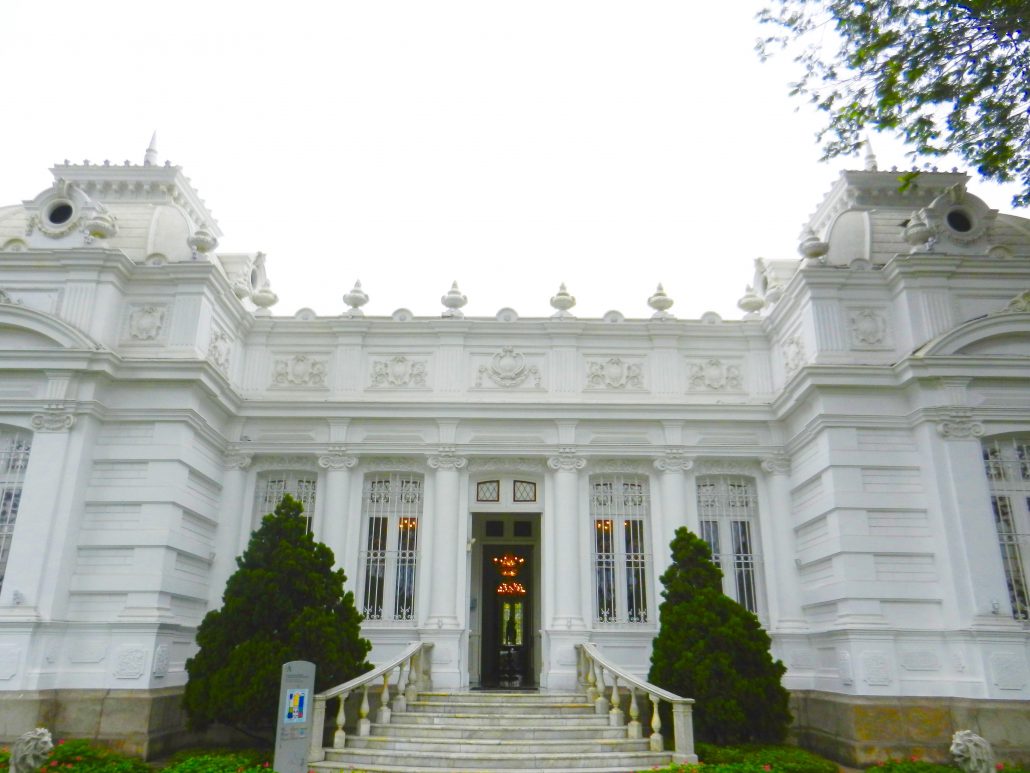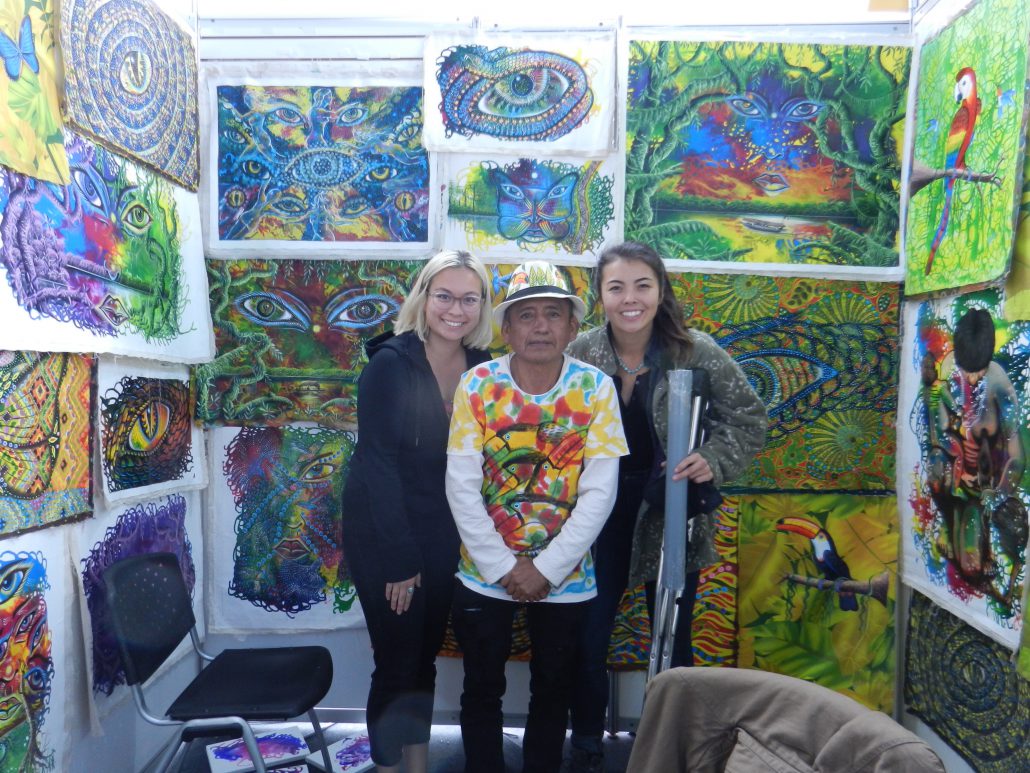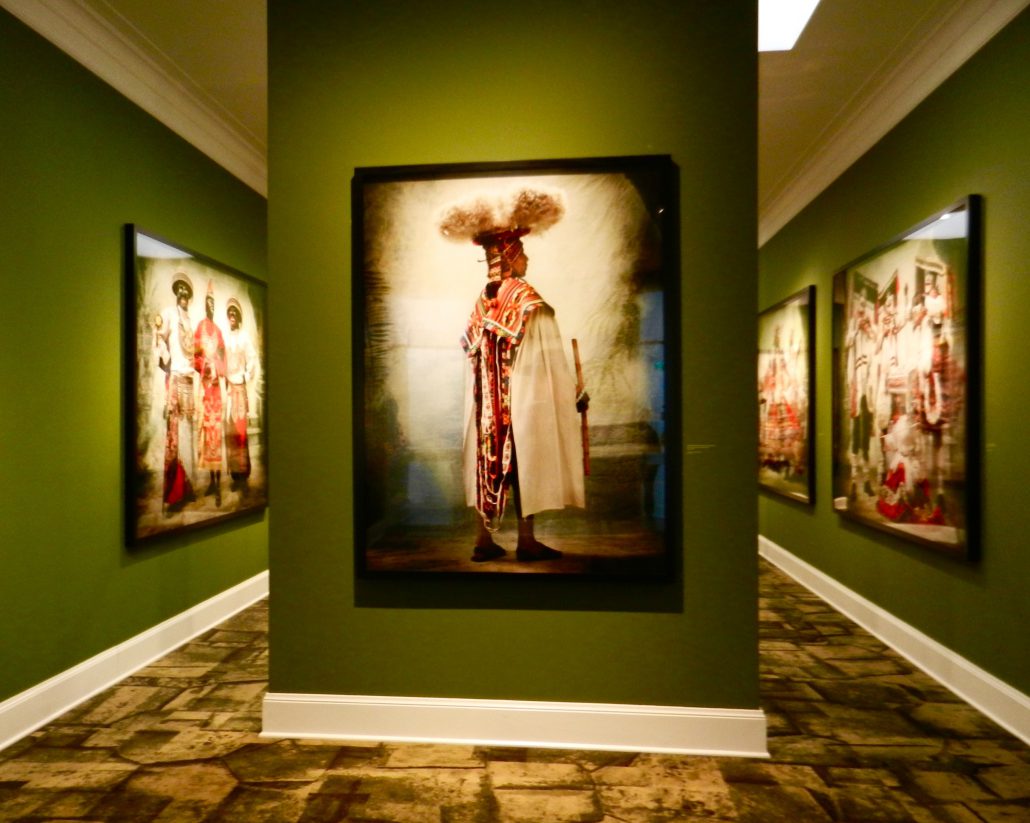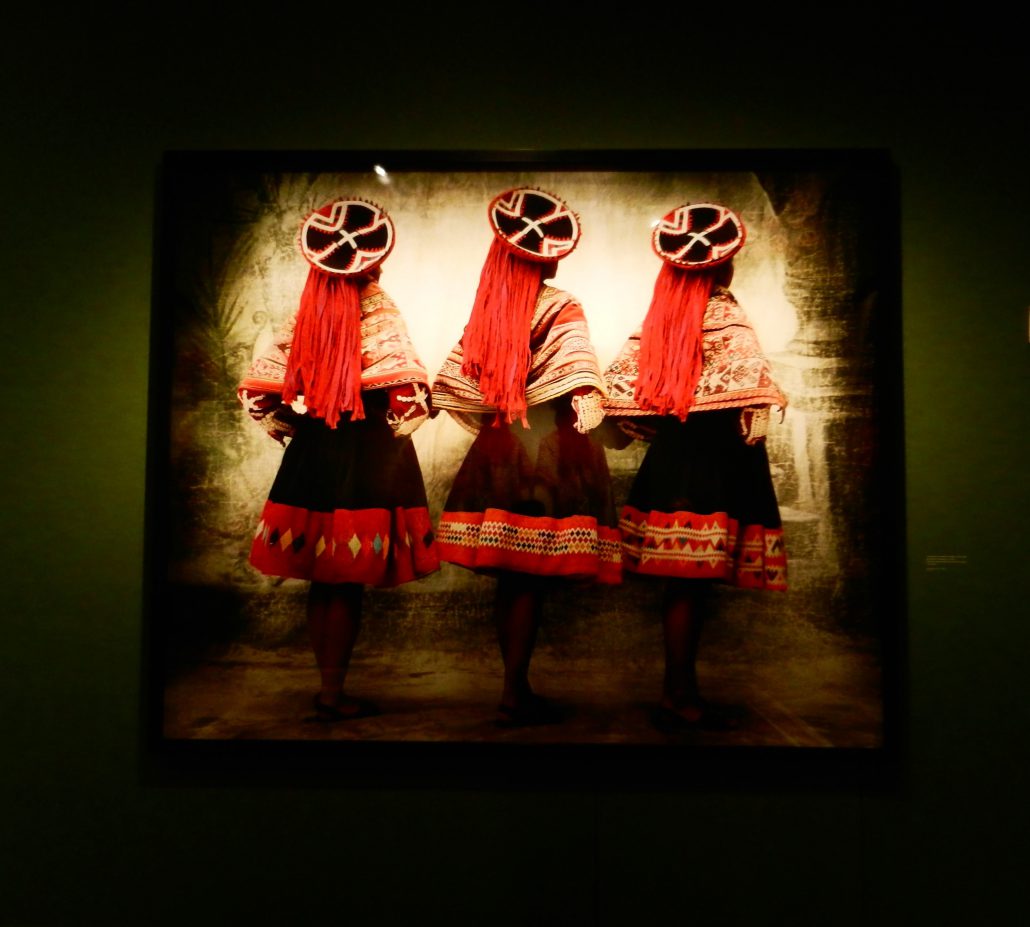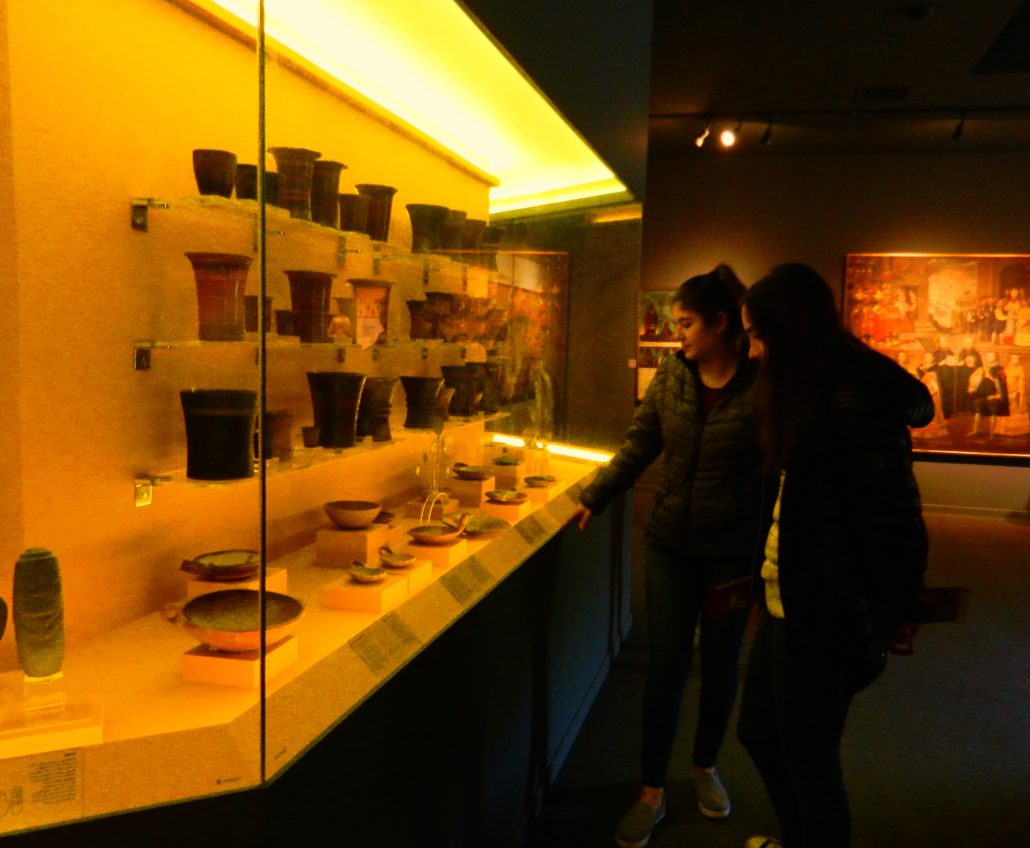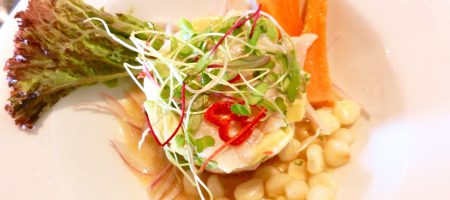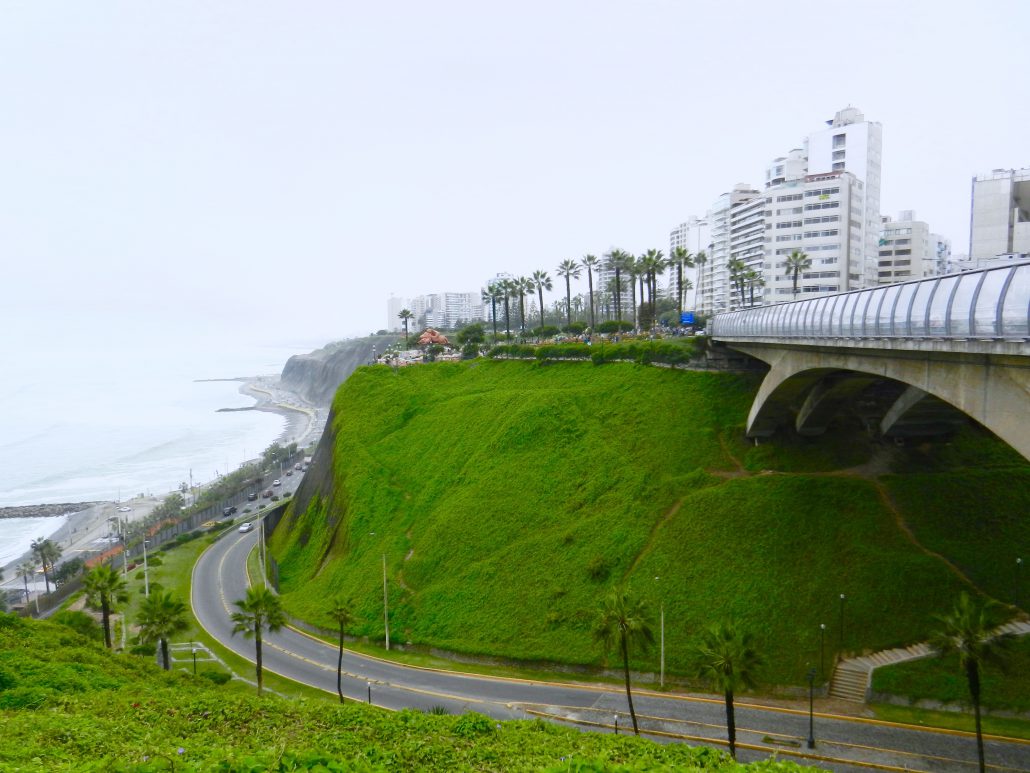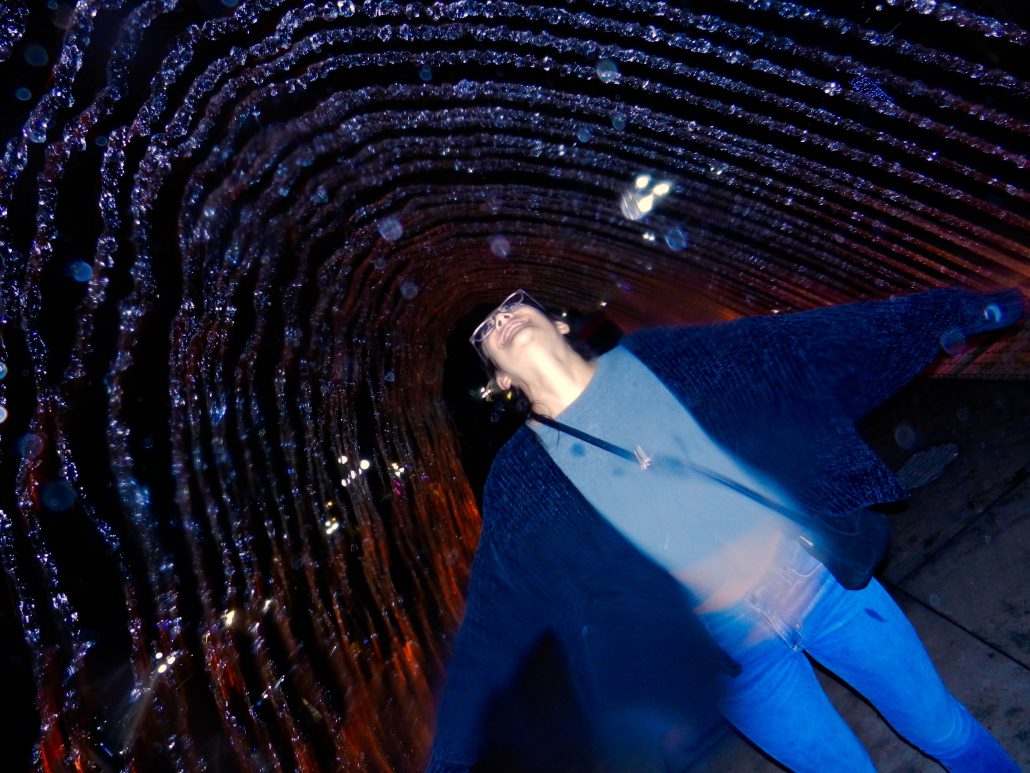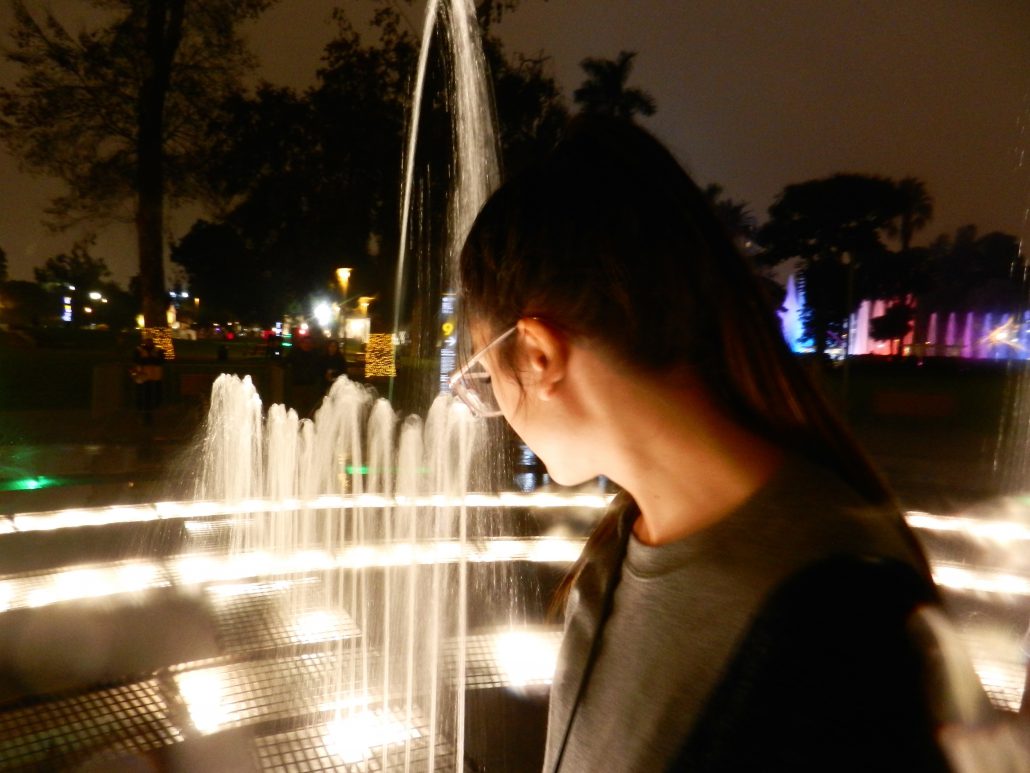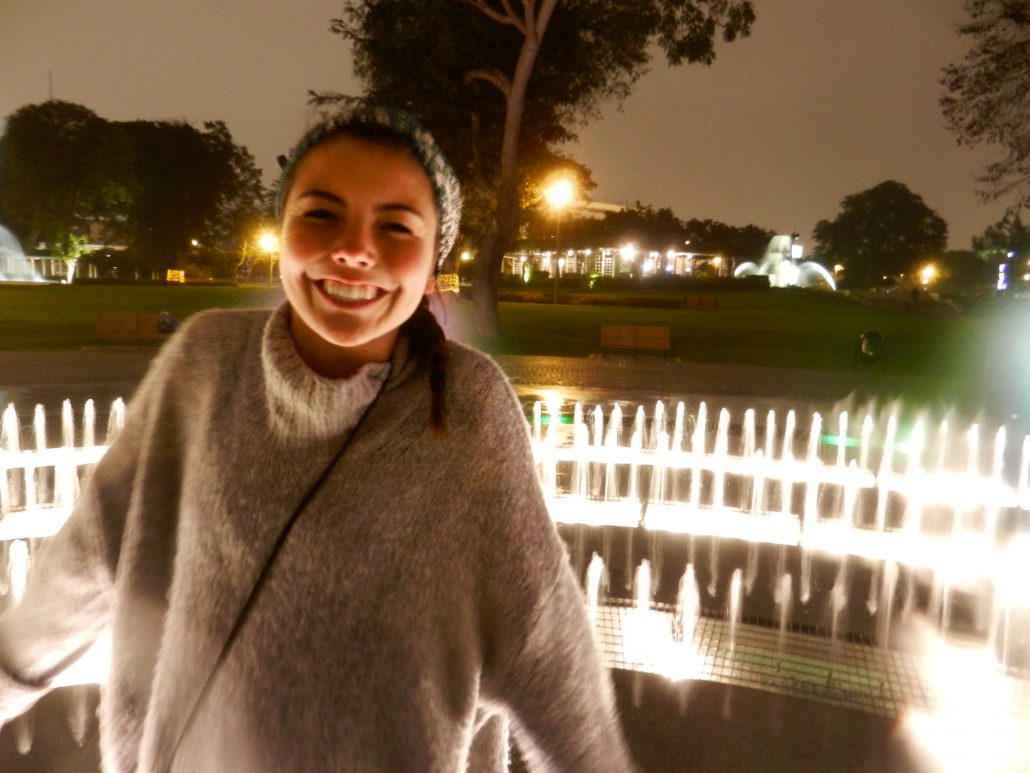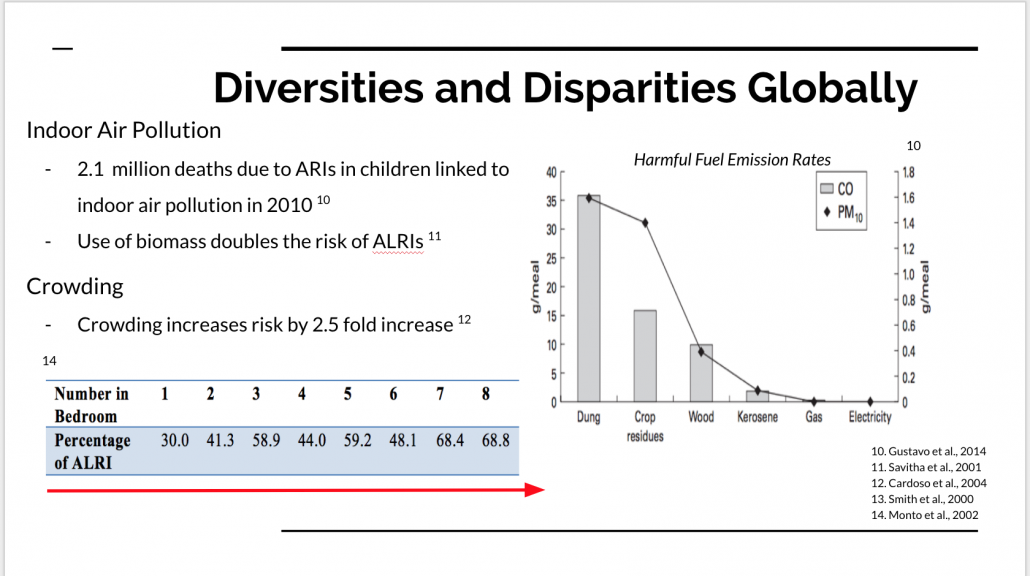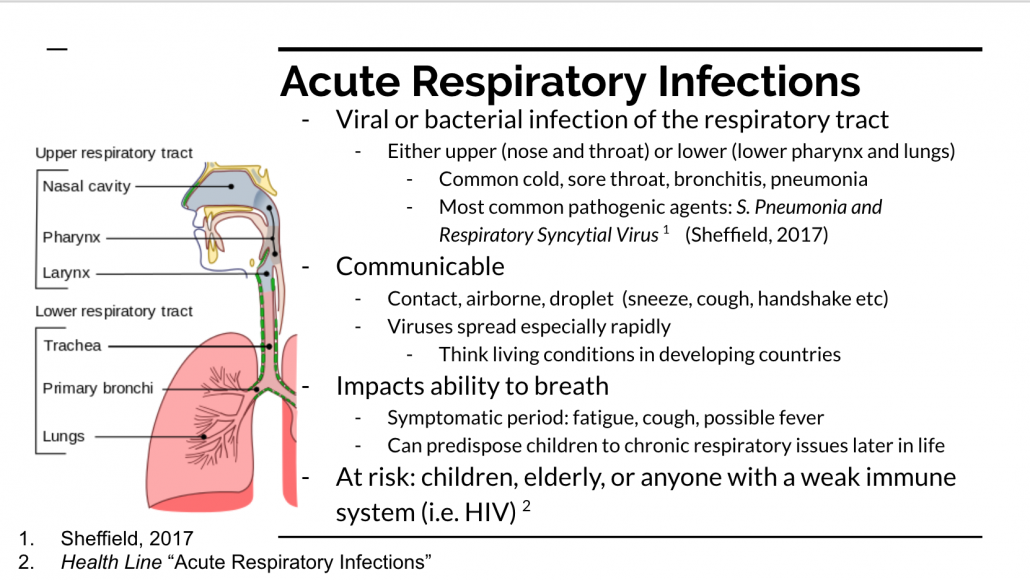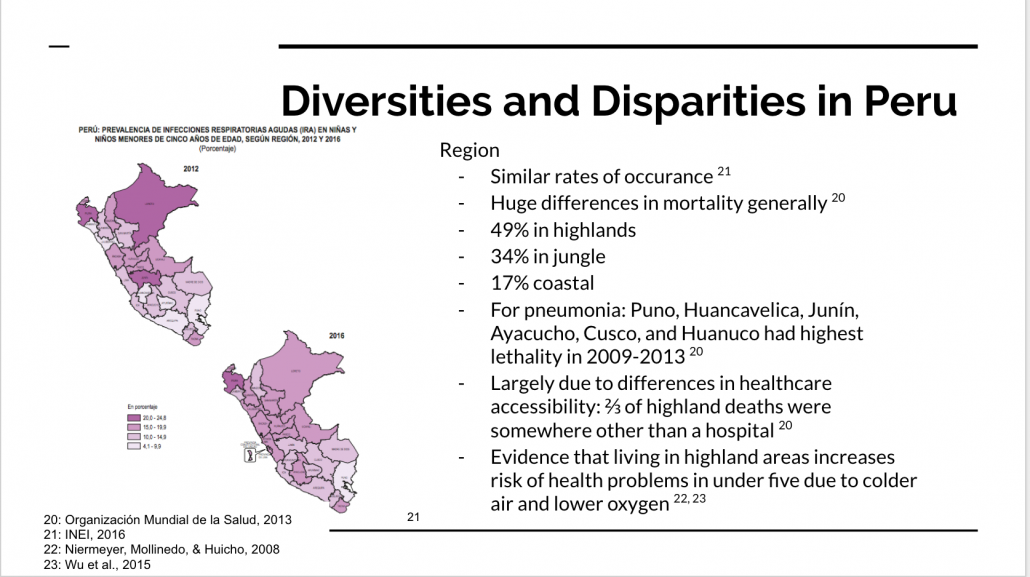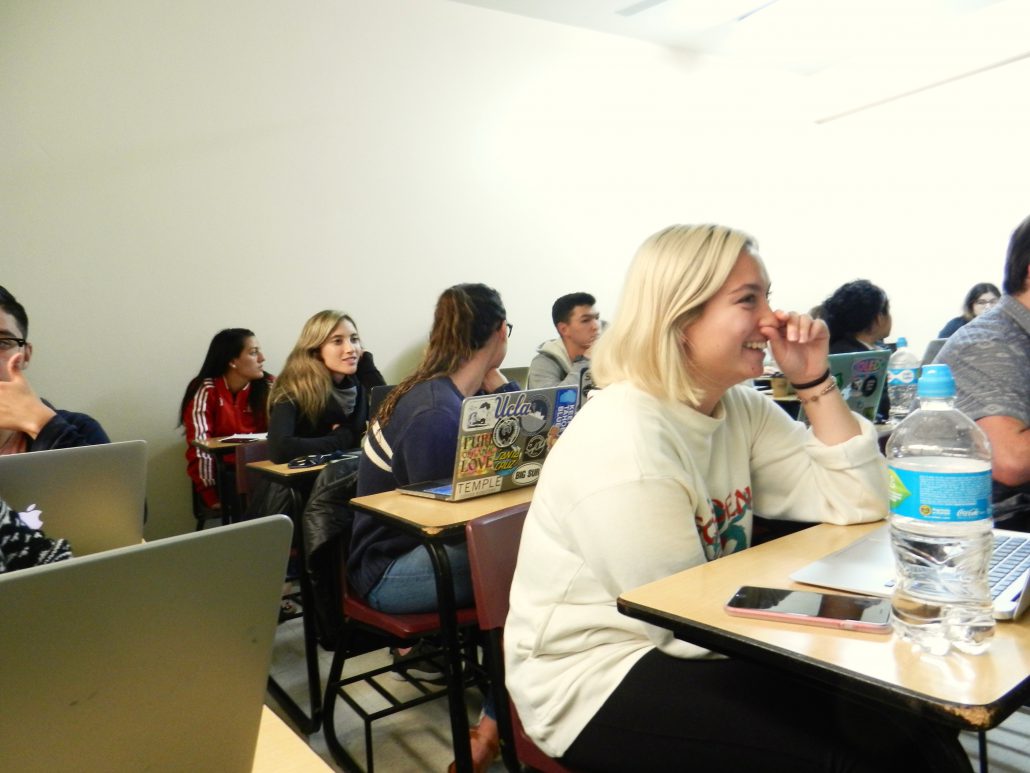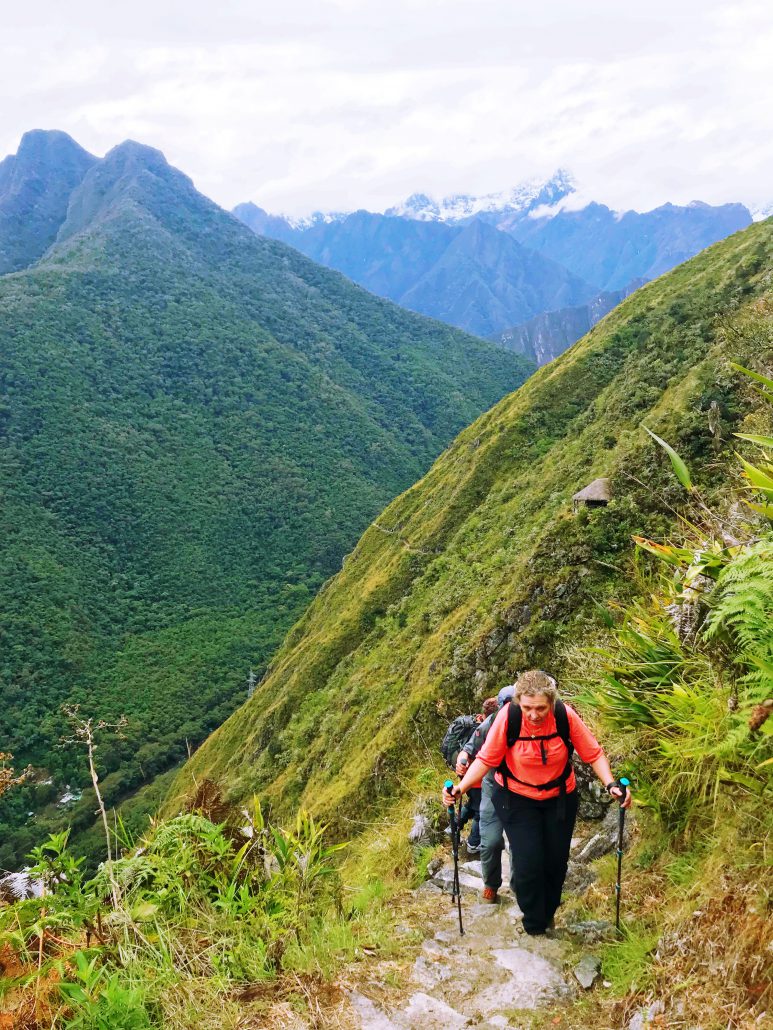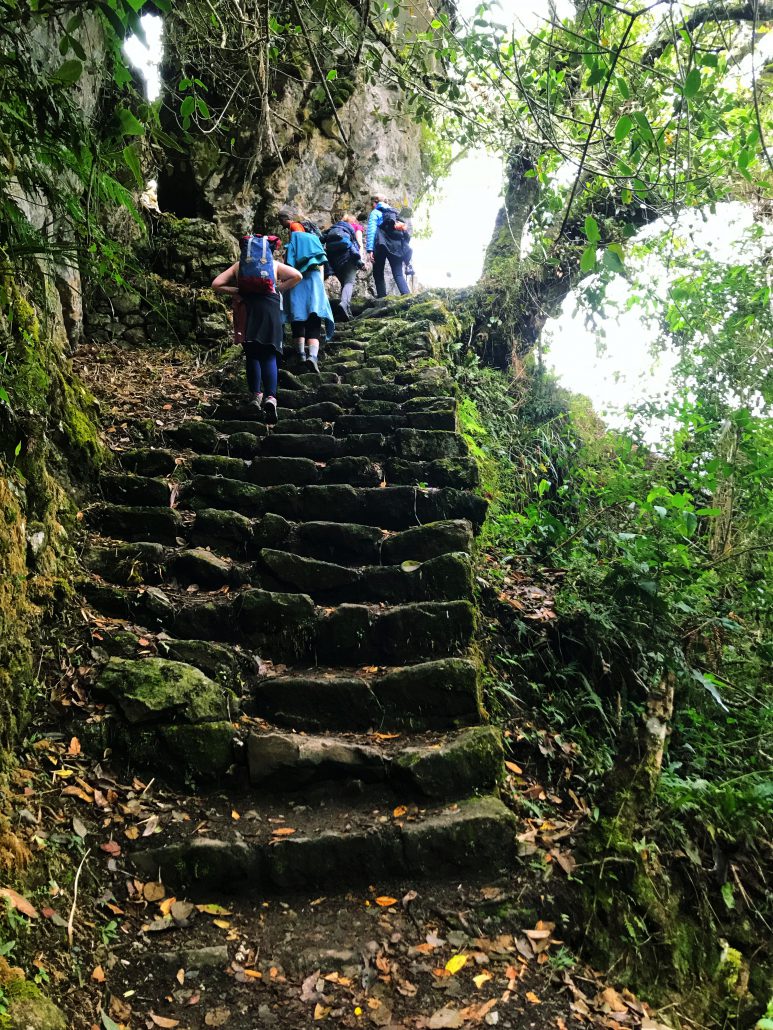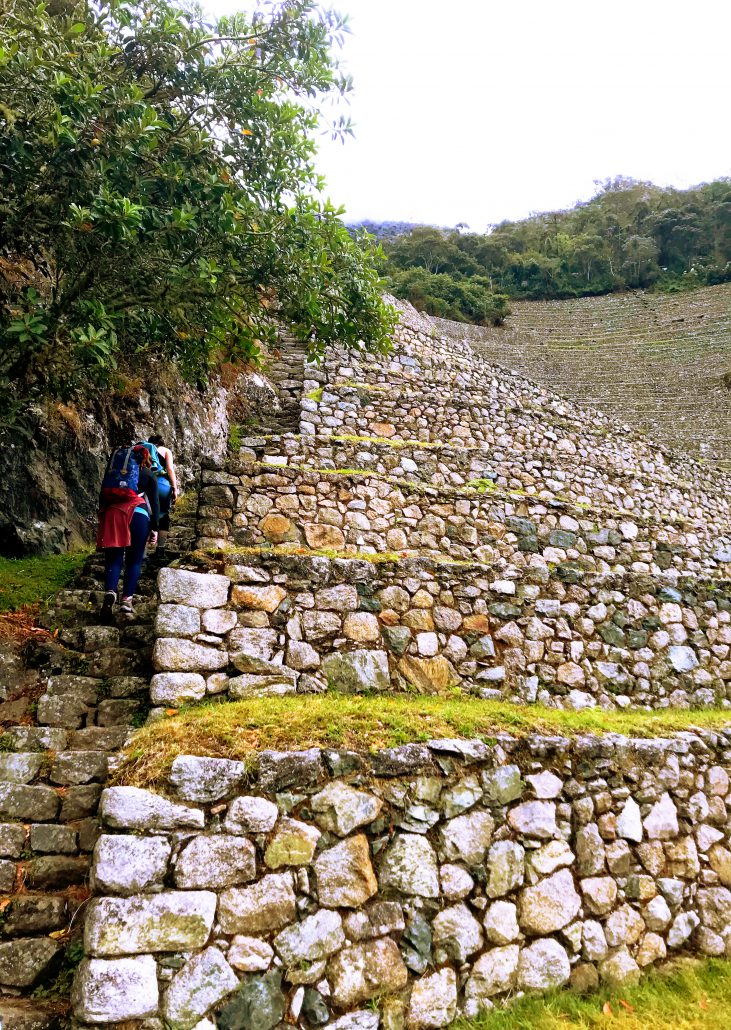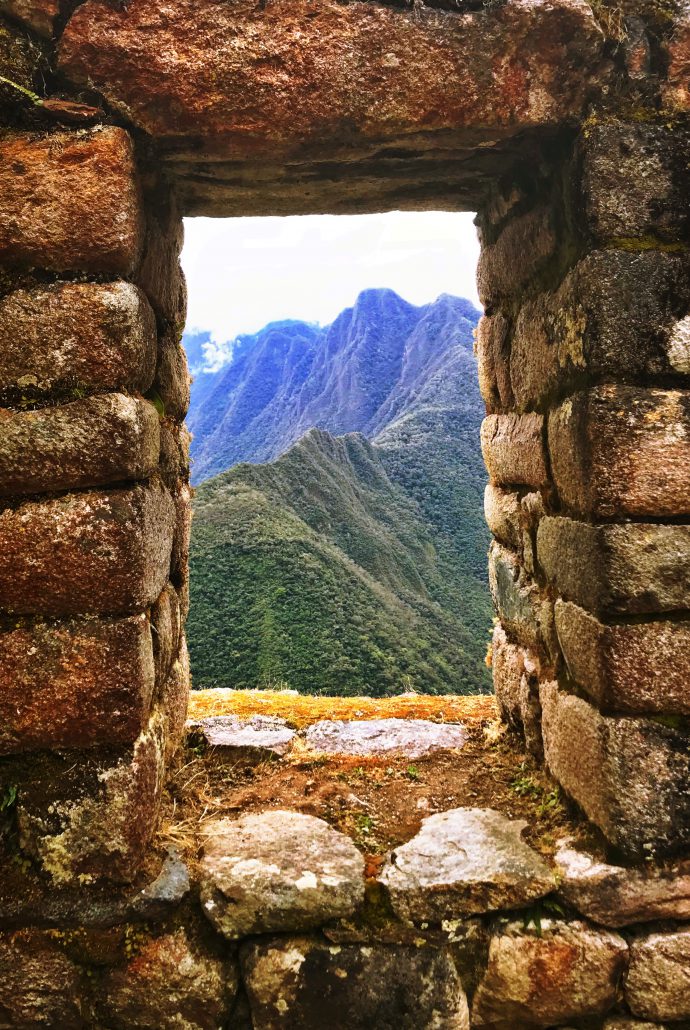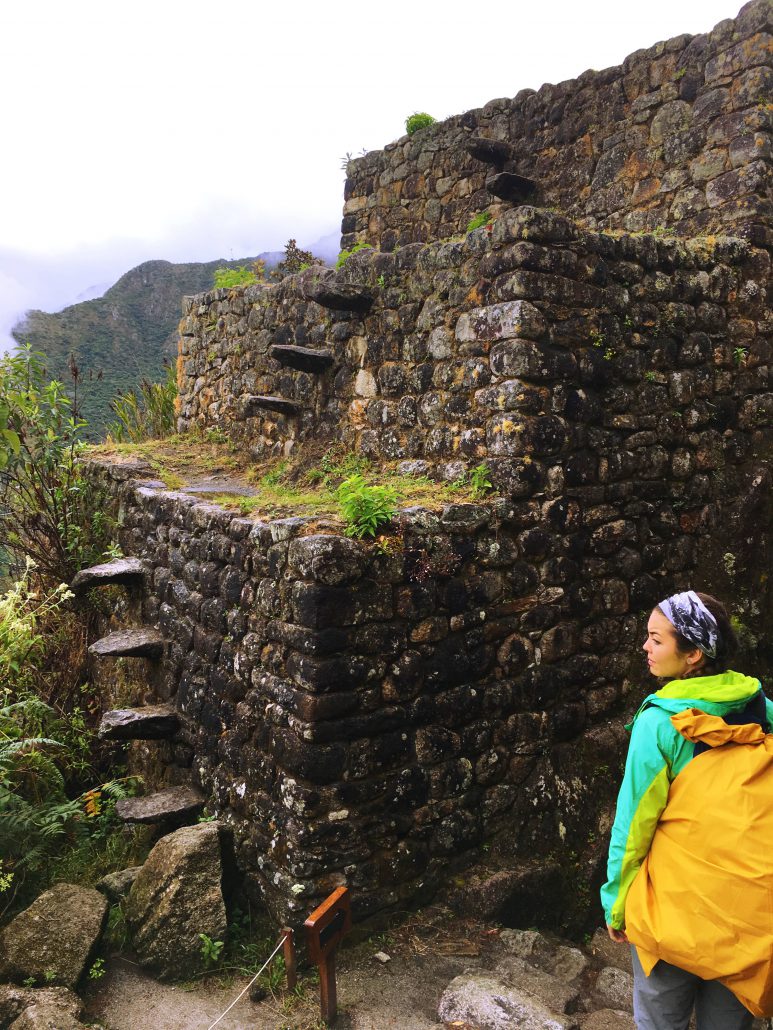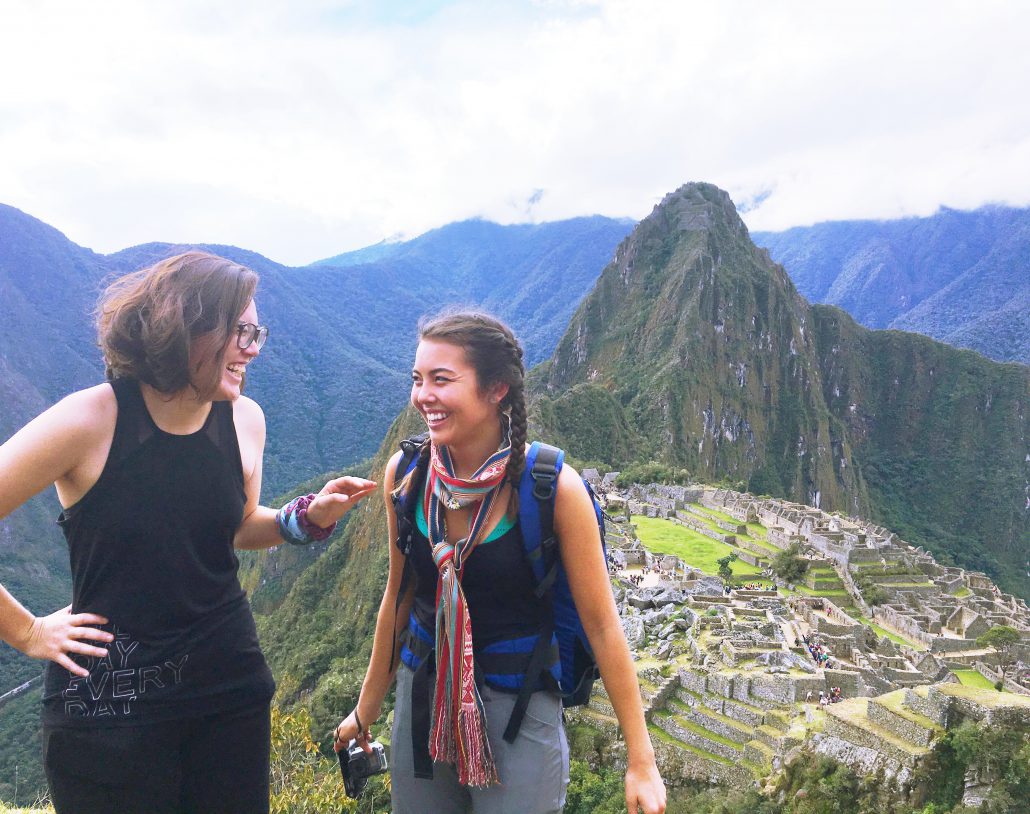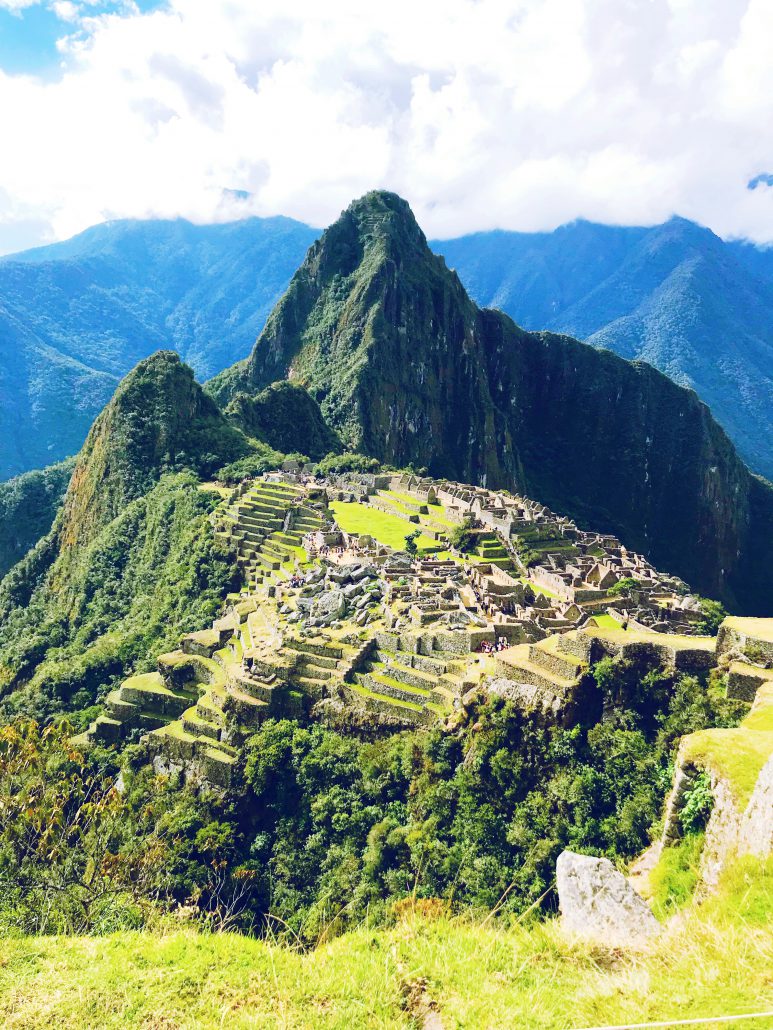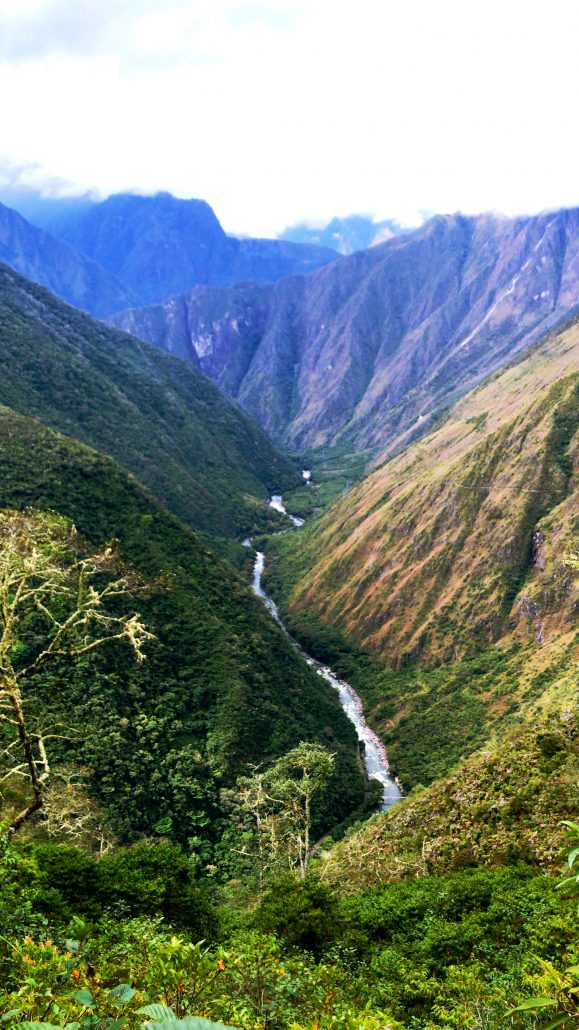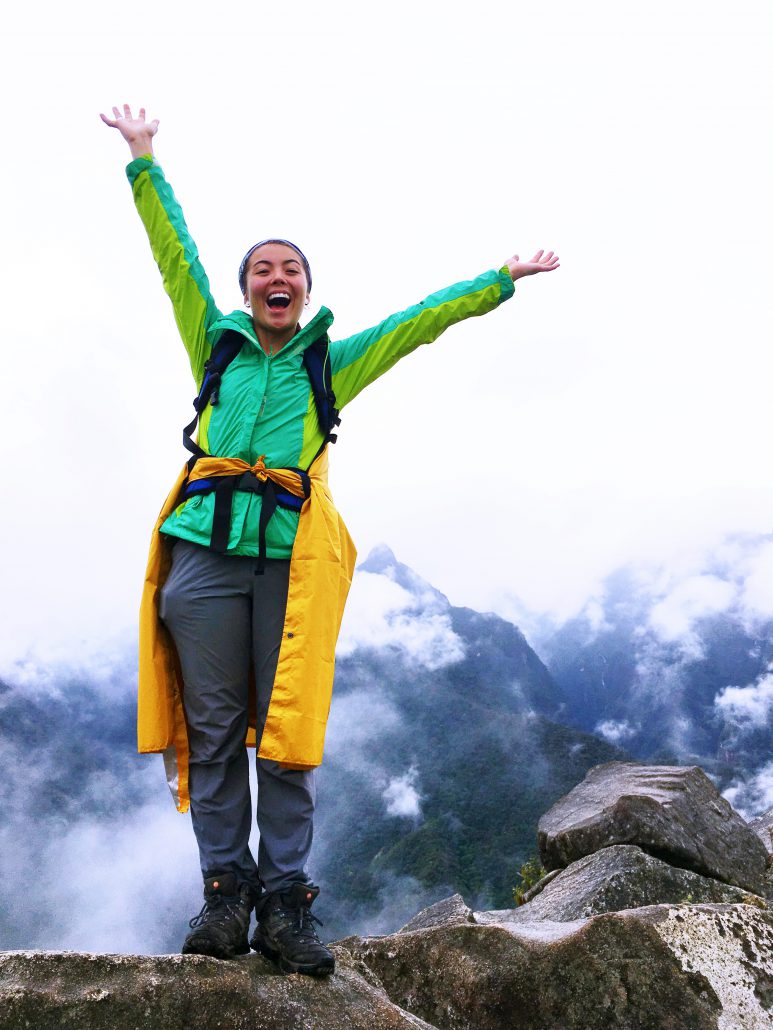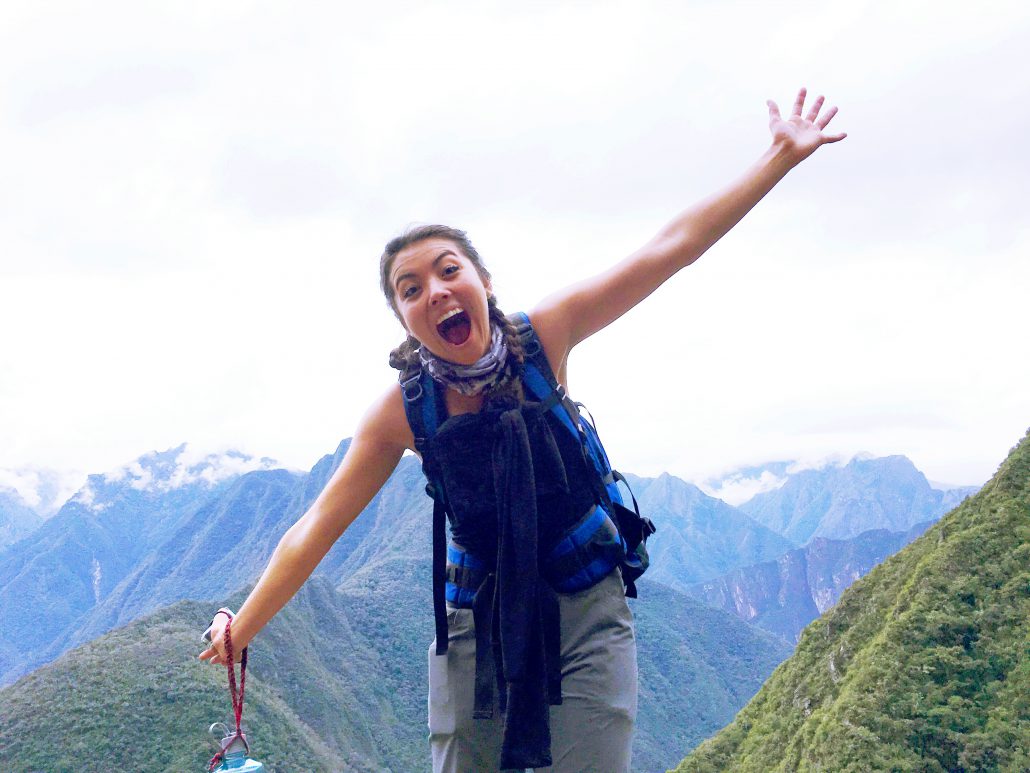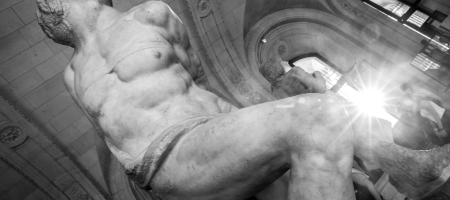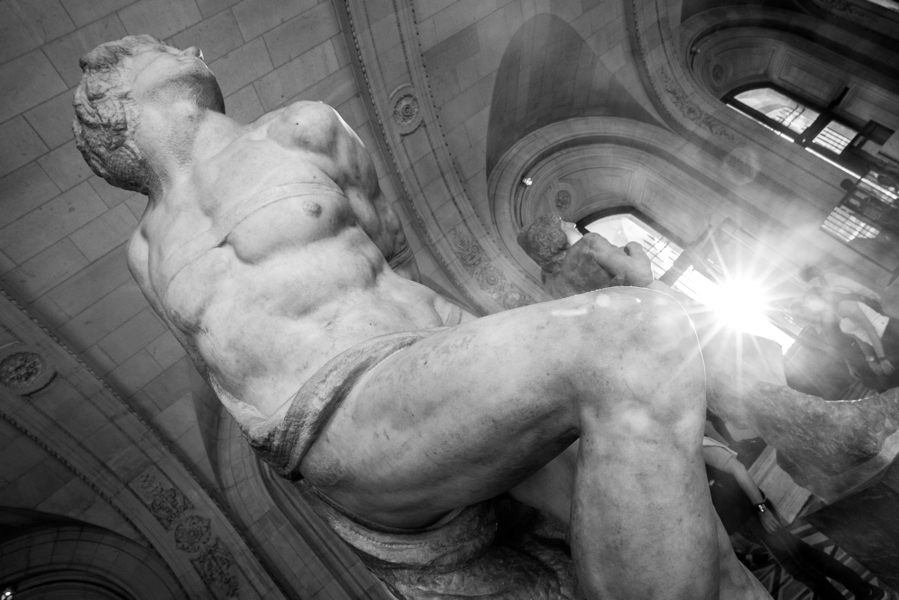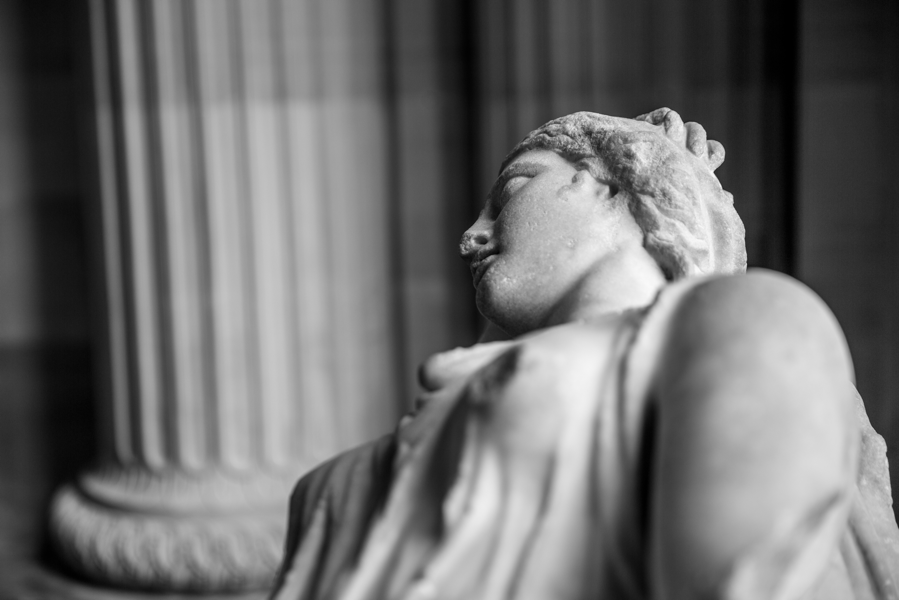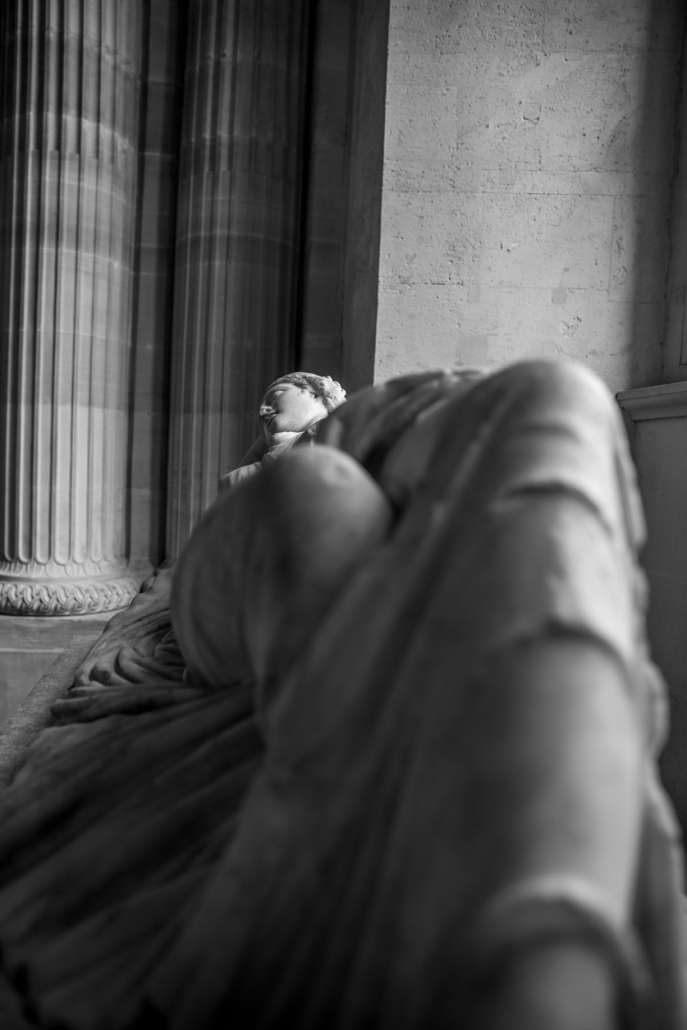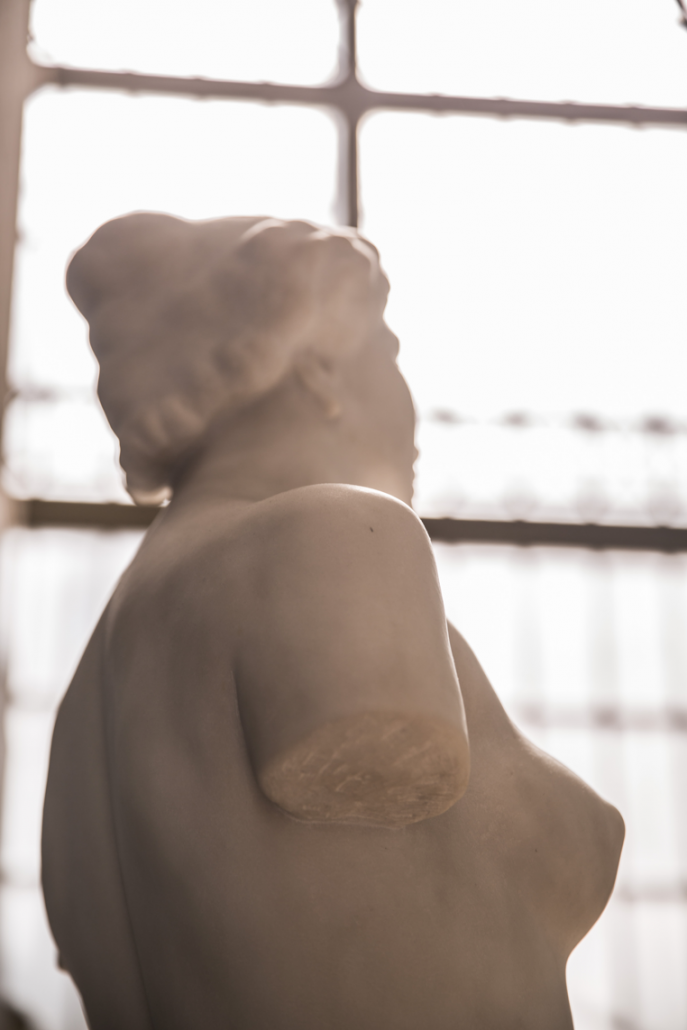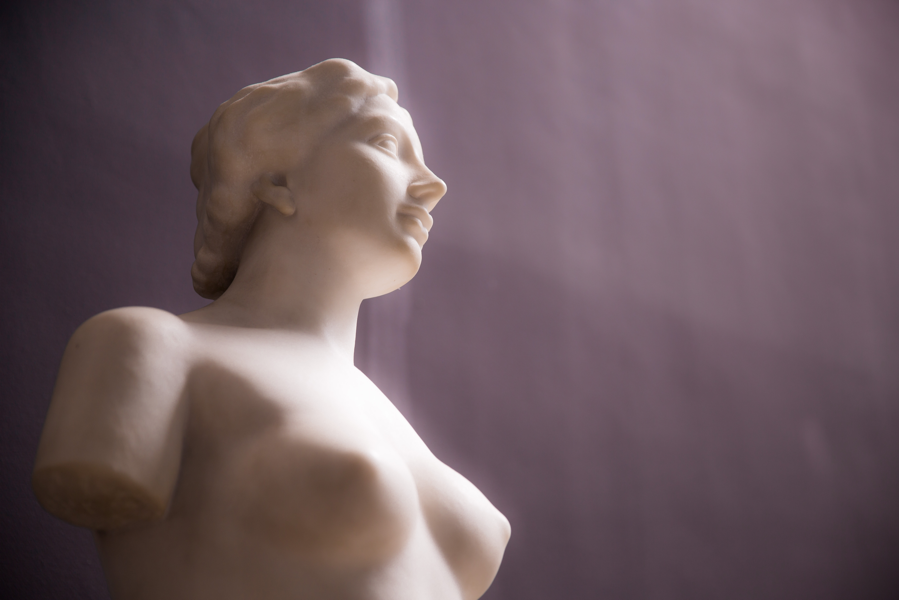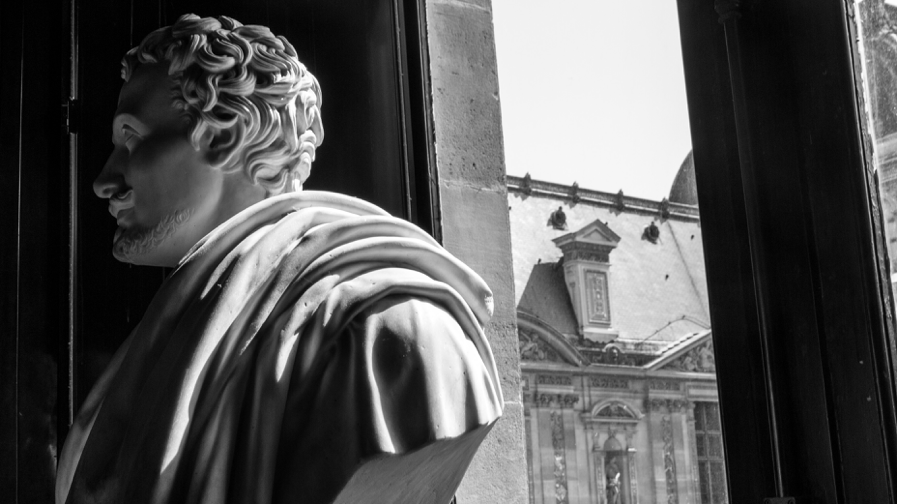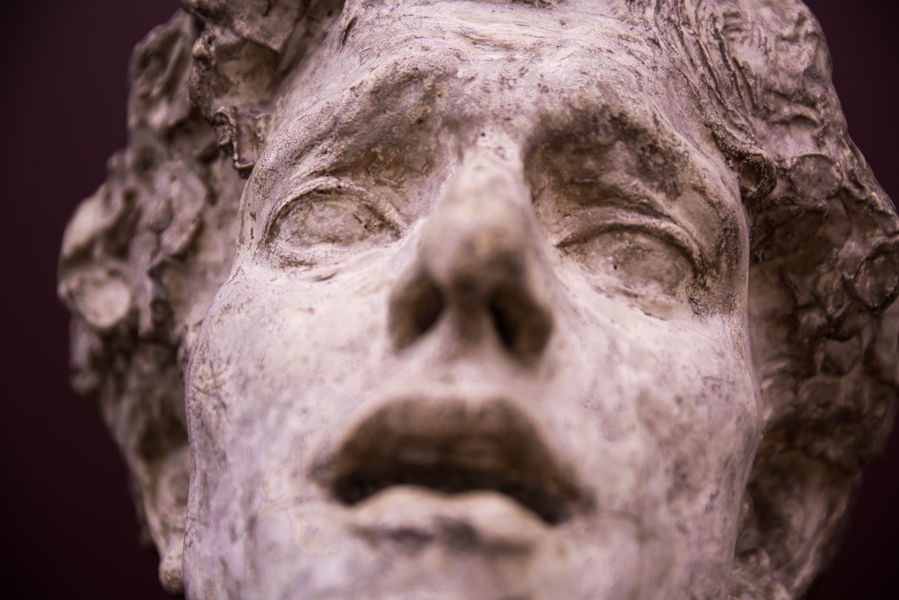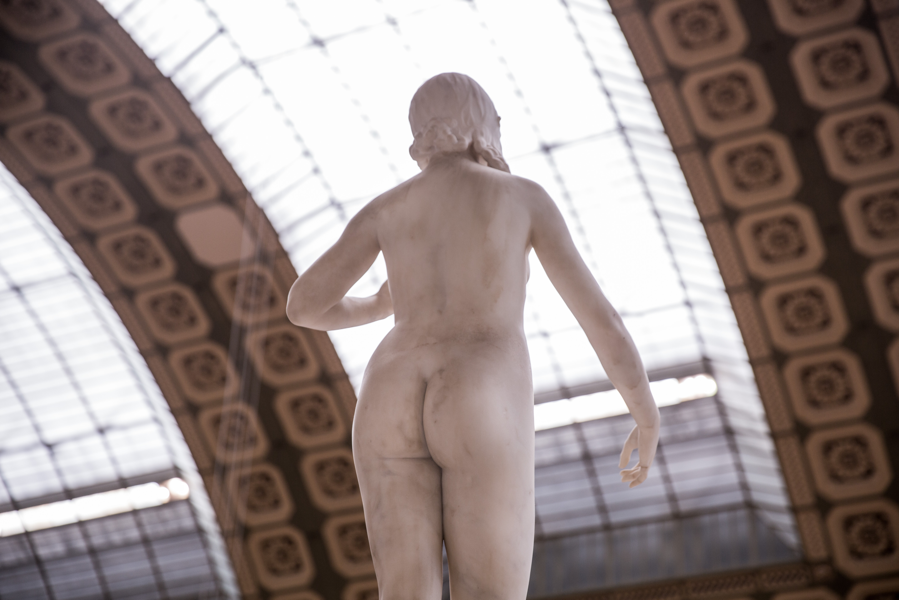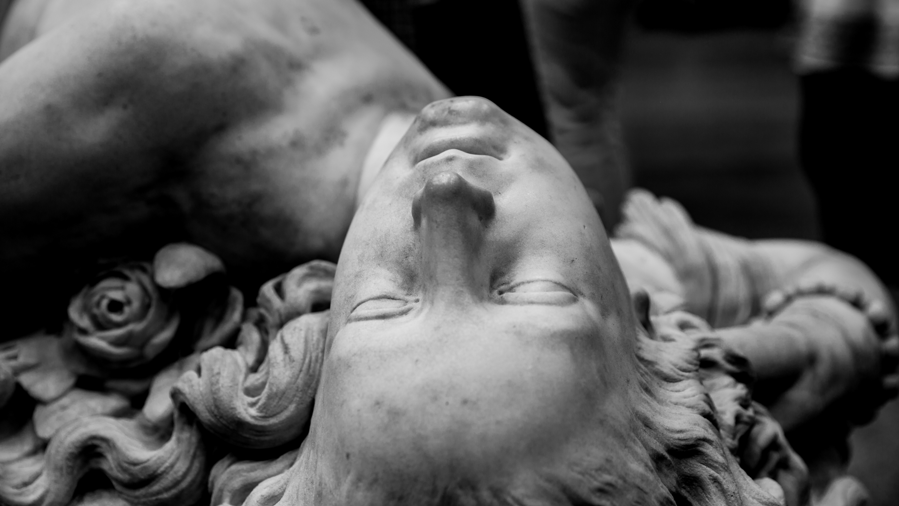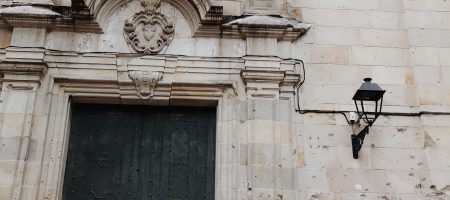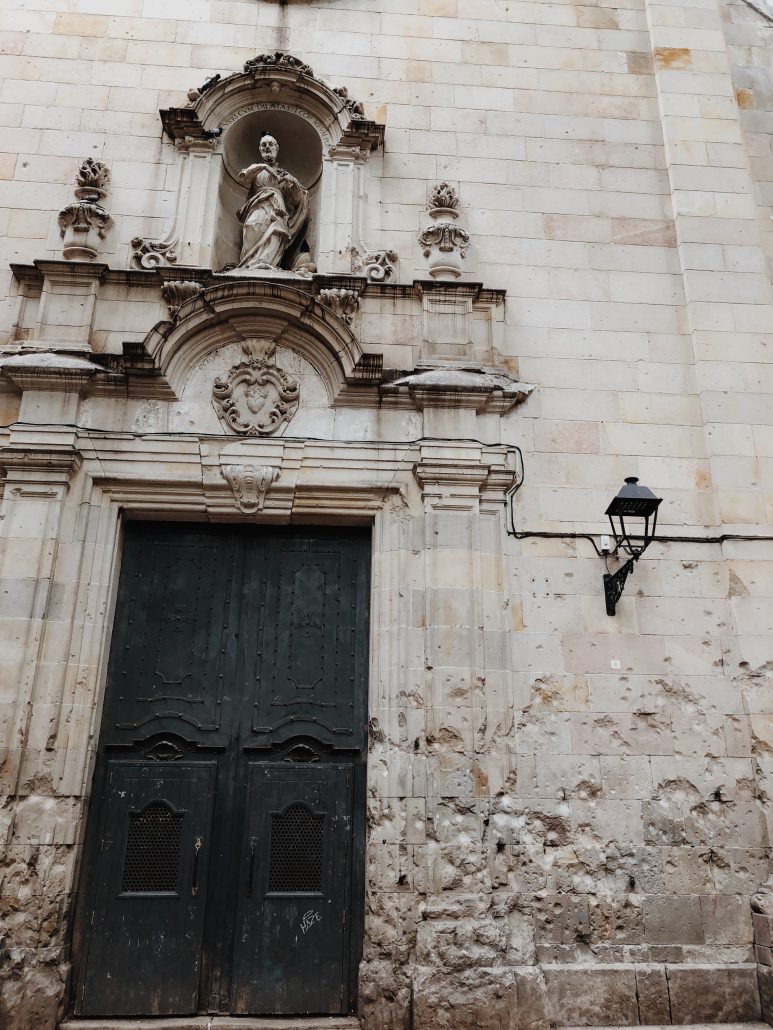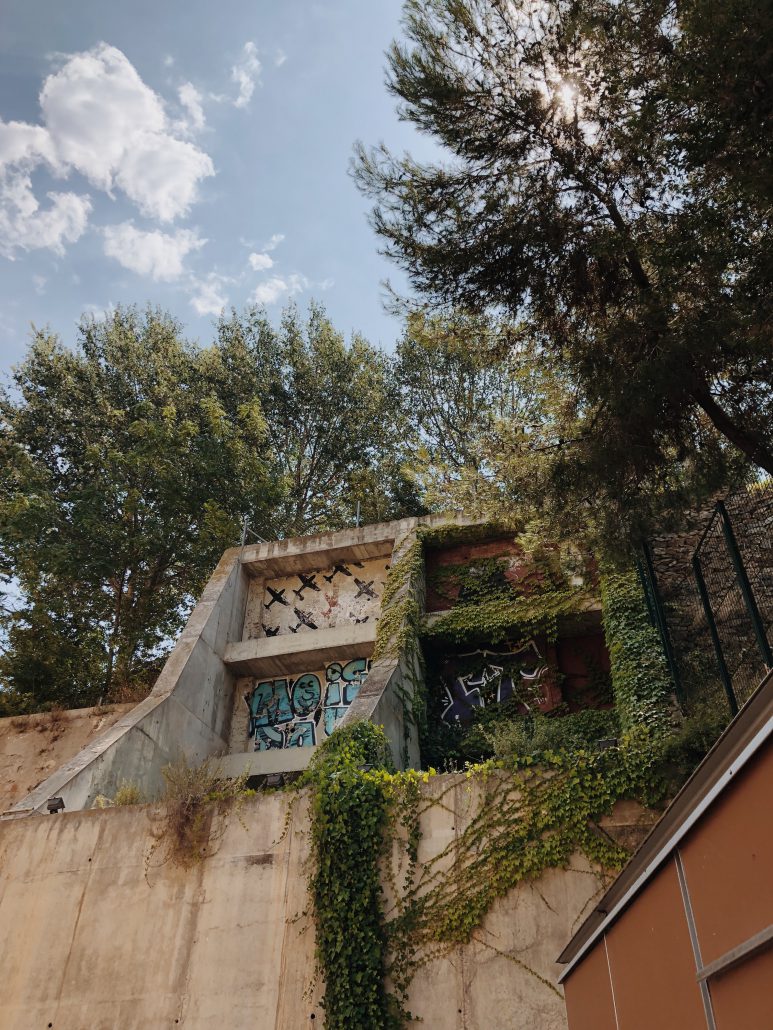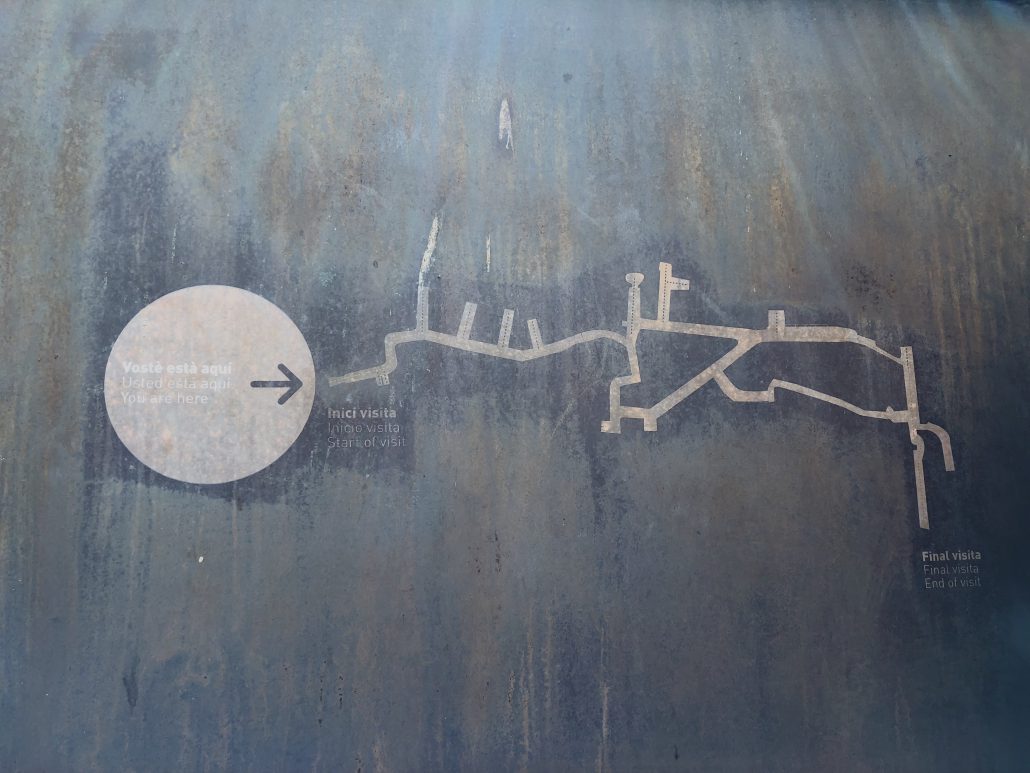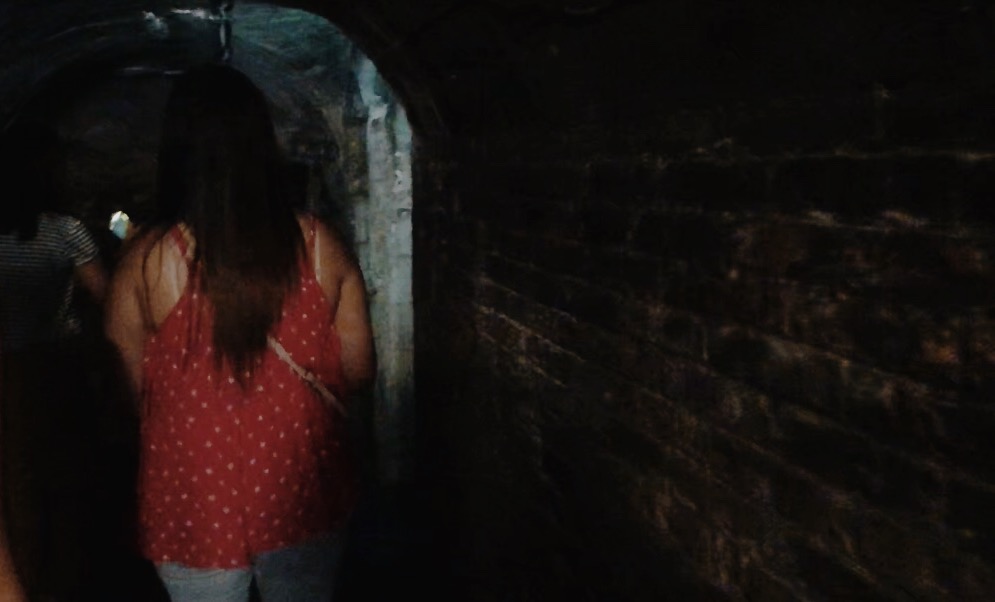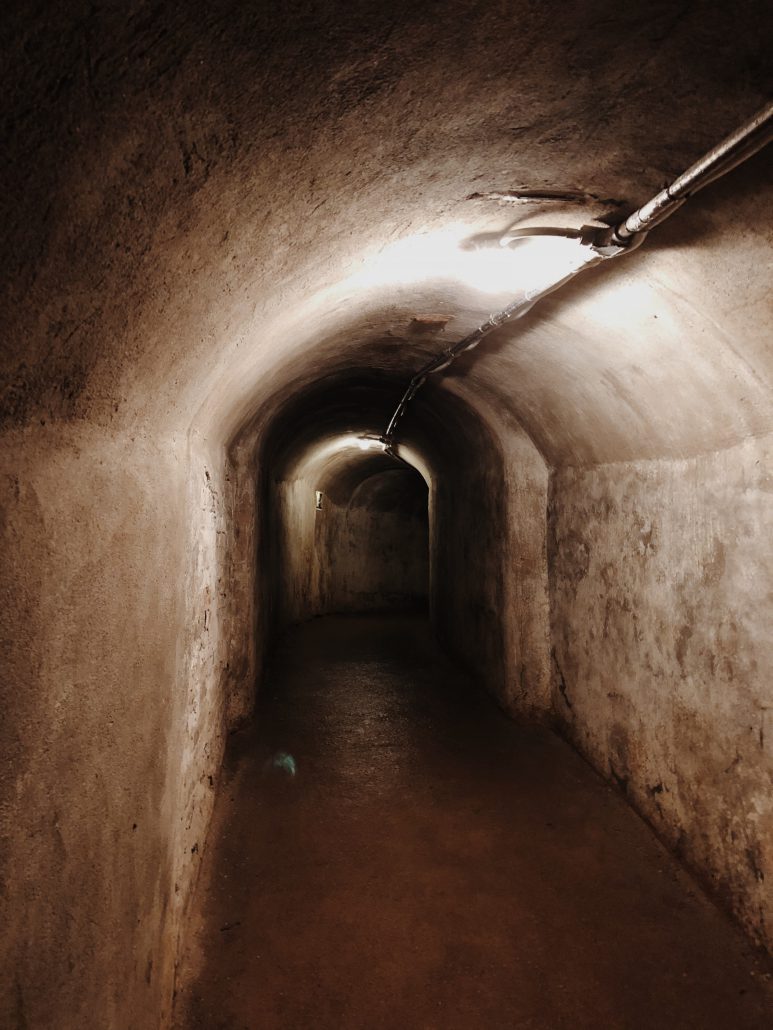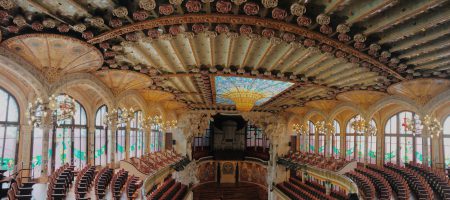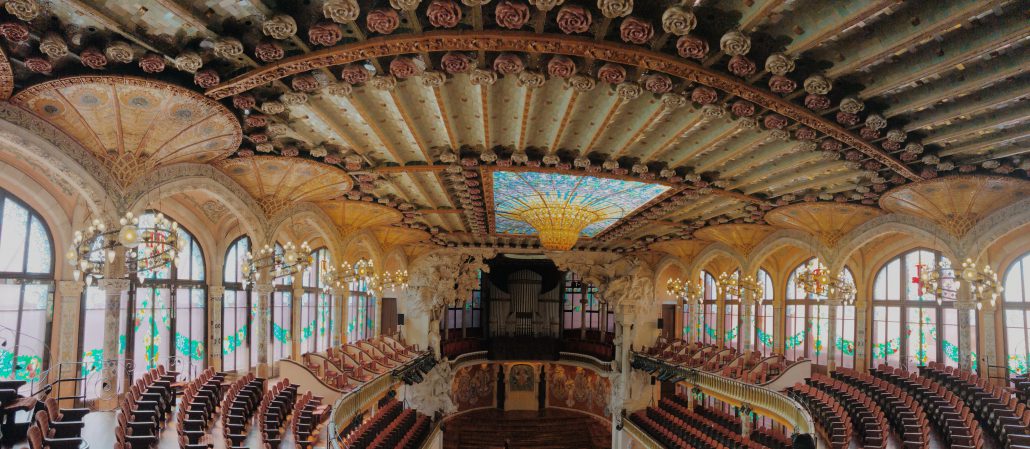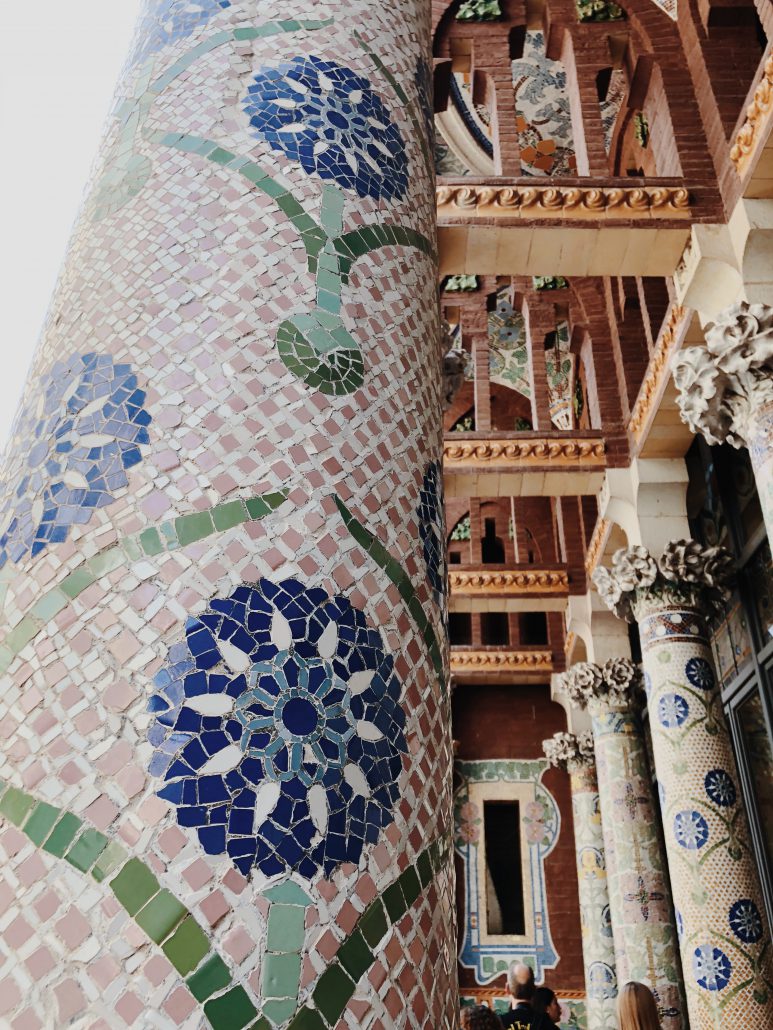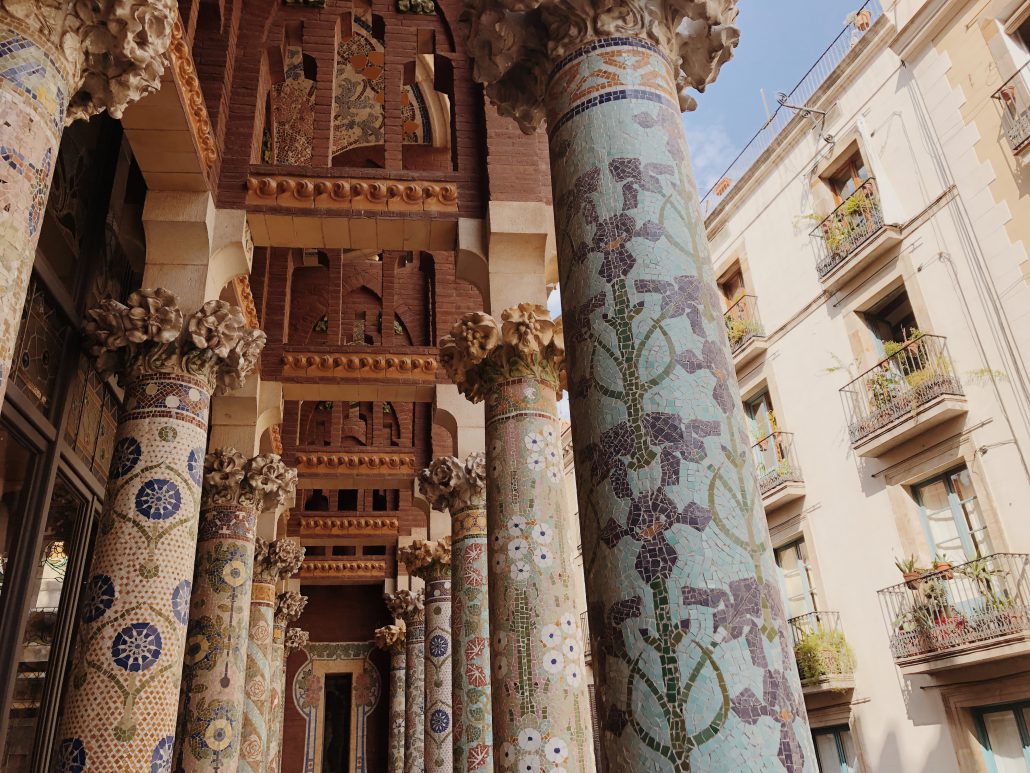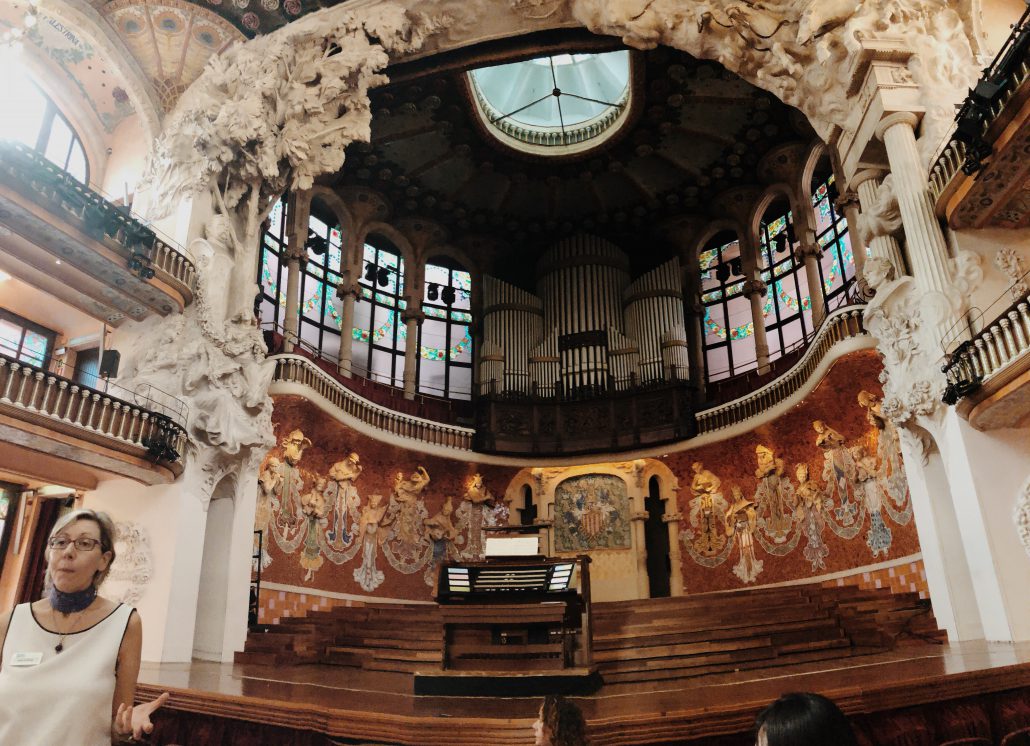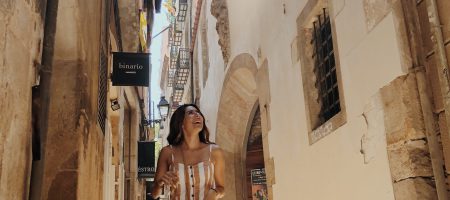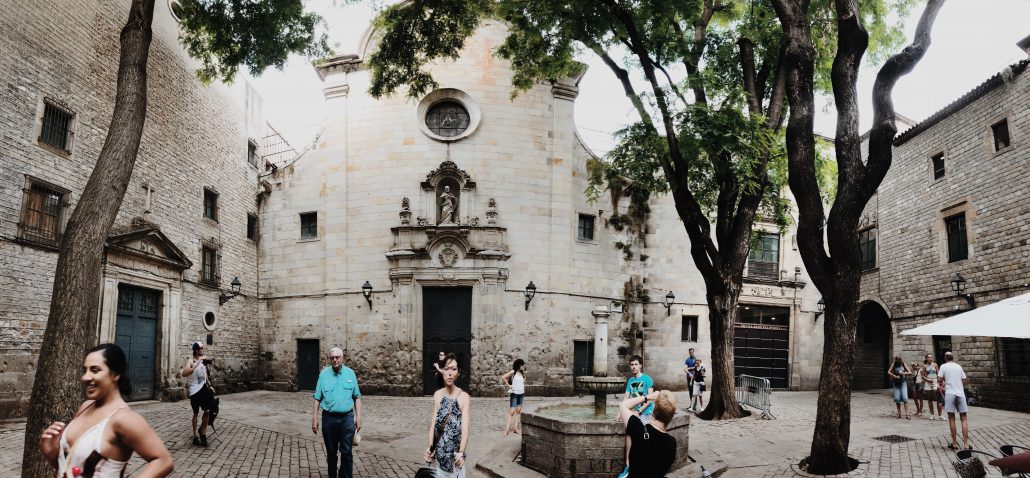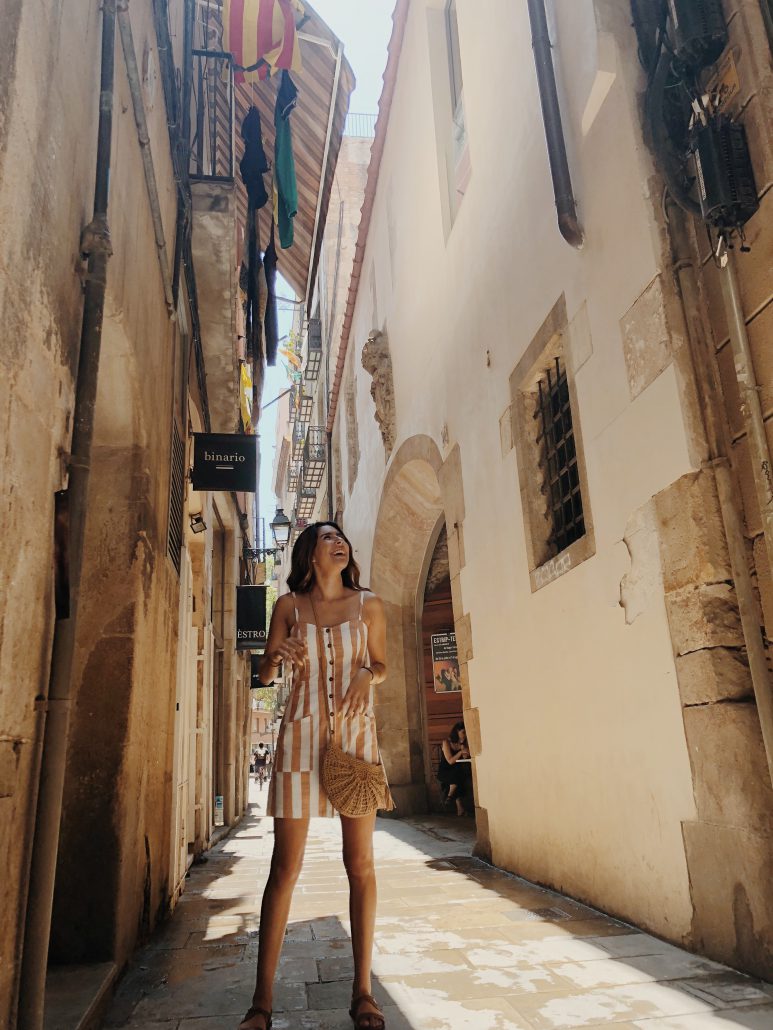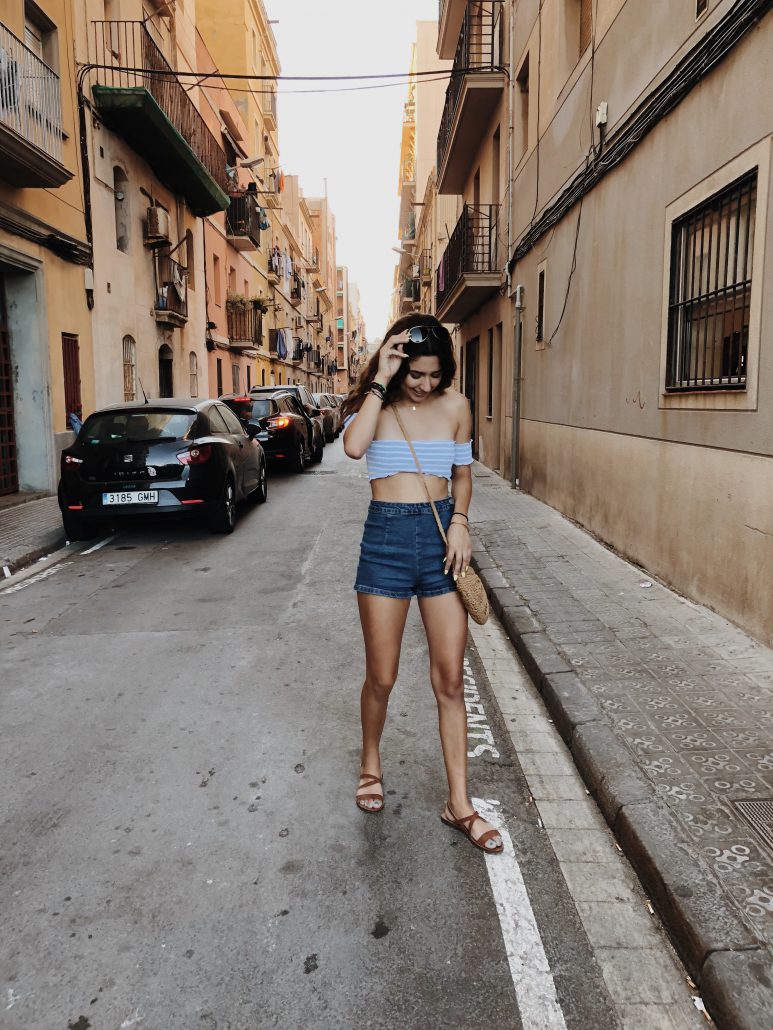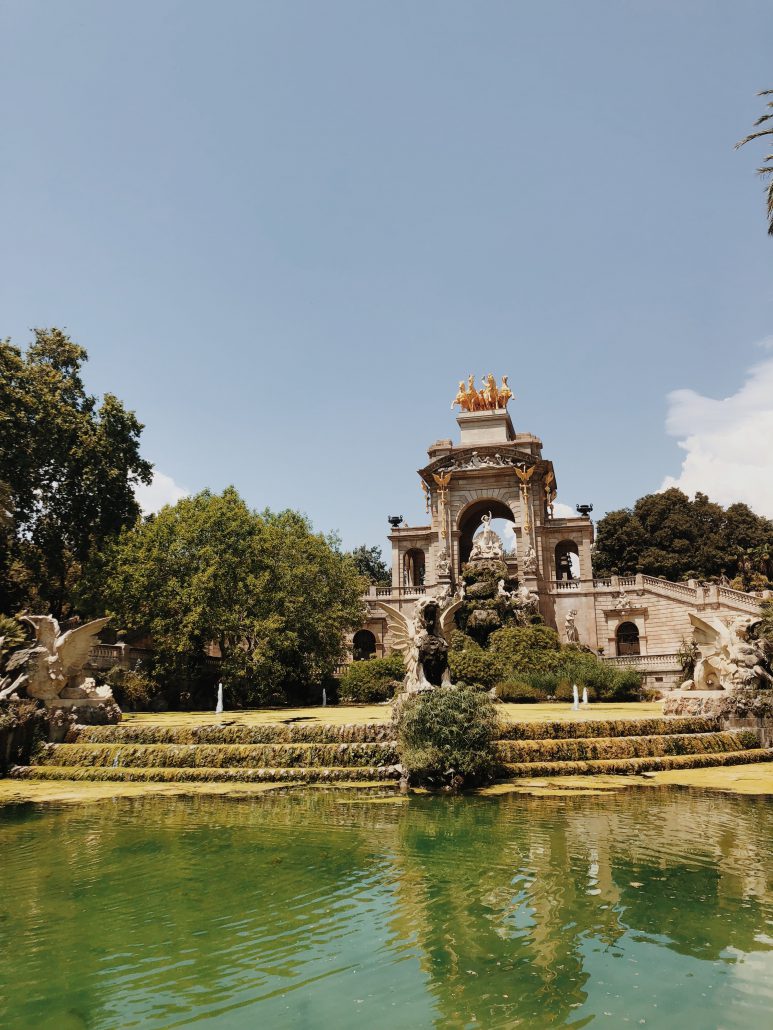Peru | Amazon Rainforest Excursion
BY MIKA NAGAMOTO
I never imagined that a college field trip would include a hike through the Amazon Rainforest or a visit to a manatee sanctuary. To my utter surprise these excursions were included in my program abroad in Peru. The Amazon rainforest is unlike anything I have ever experienced. Our class began our “field trip” by boarding a speed boat that took us beyond the bustling city of Iquitos and out into the vast area of winding river, tall trees blossoming with life, and a forest humming with biodiversity. Our local guide talked to us about the many indigenous communities along the water that practice the traditions that their ancestors have passed along from generation to generation. Understanding the cultures and lives of the people living in the Amazon gave us important context for our visits to local health centers. The more we heard about the local perspectives, the more we were able to understand what the healthcare system’s role in Iquitos is. Not only were our field trips exciting and interesting, but they also enriched our understanding of Peru and the intersection between culture and health.

As the sun reached the middle of the big open sky, our boat pulled off to a small dock under the shade of large almond tree. We unloaded and walked up to a jungle lodge where the smell of grilled fish and fried plantains filled the air. Two beautiful red macaws swooped above our heads as we were greeted by friendly guides who told us more about the plants and animals of the area. As our lunch was cooking, we were taken on a hike through the rainforest. Fitted in rubber boots provided by the lodge, we walked past wild orchids, giant cypress trees, birds of paradise flowers, and many plants that I had never seen before. Just as we were about to head back to the lodge, our guide leaned down and looked under a rock only to find two poison dart frogs. The tiny red frogs sat perfectly for all of us to admire before we started our hike back for lunch.
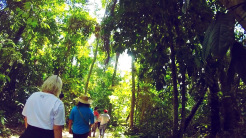
After touring the beautiful Amazon Rainforest, we took our speed boat to a manatee sanctuary just outside of Iquitos. The friendly staff of this sanctuary told us about the many growing efforts to conserve and protect the incredible wildlife in Iquitos through education, rehabilitation, and forest protection. We then took a tour throughout the sanctuary and saw dozens of different animals all receiving the care that they needed in order to be released back into the wild. Enclosures were made for monkeys, sloths, otters, ocelots, civets, caiman, turtles, tortoises, and of course, manatees. We learned about the dangers that these animals face and the ways that this sanctuary works with government and private funds to help these animals. The Amazon is a place that has endless surprises and incredible opportunities for adventure and learning. I was thankful to have experienced the excursions through my program that gave me a glimpse at the many different extraordinary secrets hidden within the Amazon Rainforest.

Mika Nagamoto studied abroad in Lima and Iquitos, Peru, in summer 2018: https://ieo.ucla.edu/travelstudy/GlobalHealth-Lima/


